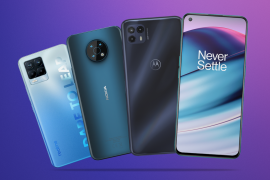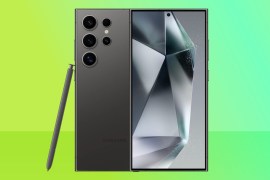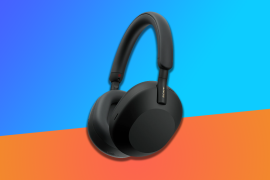Samsung Galaxy Z Flip6 review: move over S24?
Doesn't flip the script - but it didn't need to
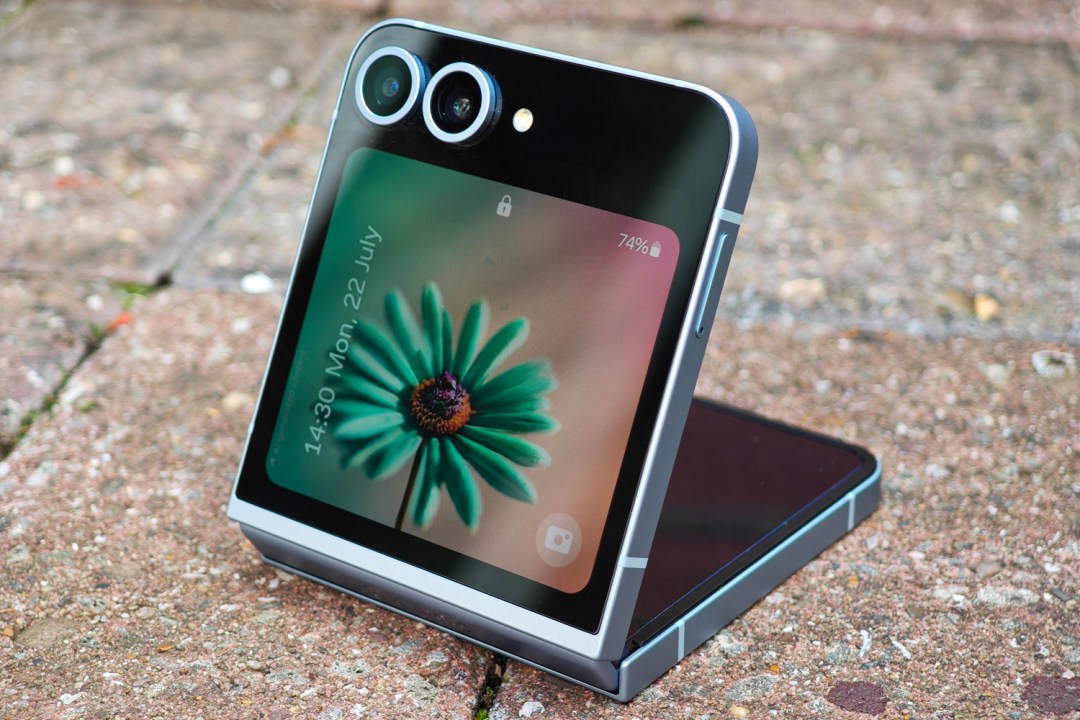
Stuff Verdict
Some small but important upgrades take the Samsung Galaxy Z Flip6 from cutesy clamshell to near-zero compromise foldable.
Pros
- New lead camera sensor has been a long time coming
- Battery comfortably lasts all day
- Top-tier performance and ahead in AI
Cons
- Cover screen still focuses on widgets rather than apps
- Competition is cheaper and arguably superior in some areas
Introduction
I’ve long seen Samsung’s flip phones as the best of the breed, but each new Galaxy Z Flip came with caveats compared to Samsung’s more mainstream Galaxy S series smartphones. The Galaxy Z Flip6 narrows the gap to the Galaxy S24 so much you’ll need a microscope to measure it.
There are flagship Qualcomm chipsets inside no matter where you live in the world, so it has a clear power advantage over EU-spec Galaxy S24s and their home-grown Exynos CPUs. A considerably beefier battery puts the two on par for capacity, and both phones now have the same optically stabilised 50MP main camera. Samsung’s design team hasn’t been asleep at the wheel, either. Pretty much the only things separating the two are a dedicated telephoto lens – and the price.
At £1049 for the entry-grade 256GB version, the Z Flip6 carries a sizeable premium over the non-folding S24. It also demands more cash than the Motorola Razr 50 Ultra, which has the biggest cover screen of any flip phone and lets you run whatever app you want on it. Does this slick new Samsung do enough to impress?
How we test smartphones
Every phone reviewed on Stuff is used as our main device throughout the testing process. We use industry standard benchmarks and tests, as well as our own years of experience, to judge general performance, battery life, display, sound and camera image quality. Manufacturers have no visibility on reviews before they appear online, and we never accept payment to feature products.
Find out more about how we test and rate products.
Design & build: seeing double
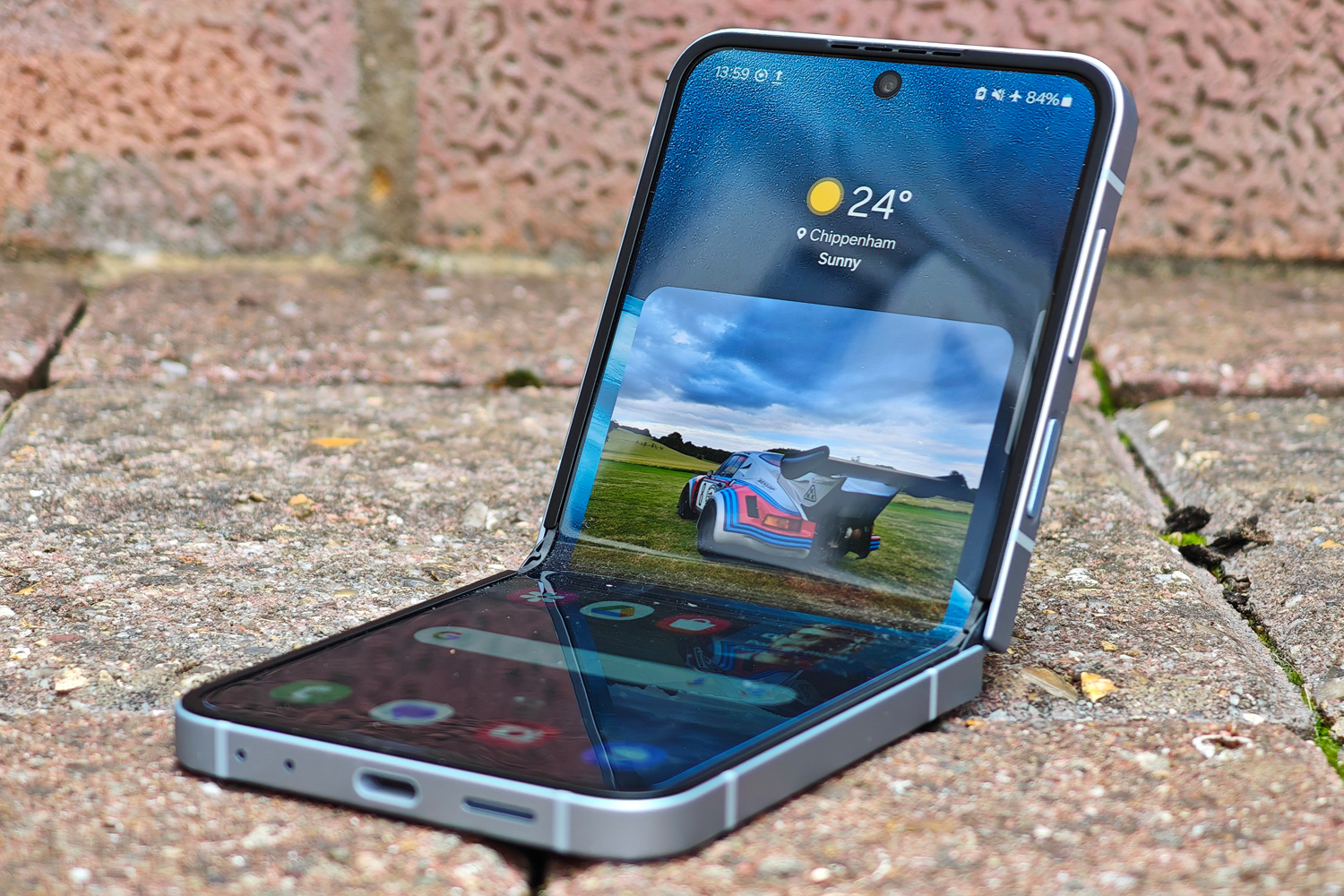
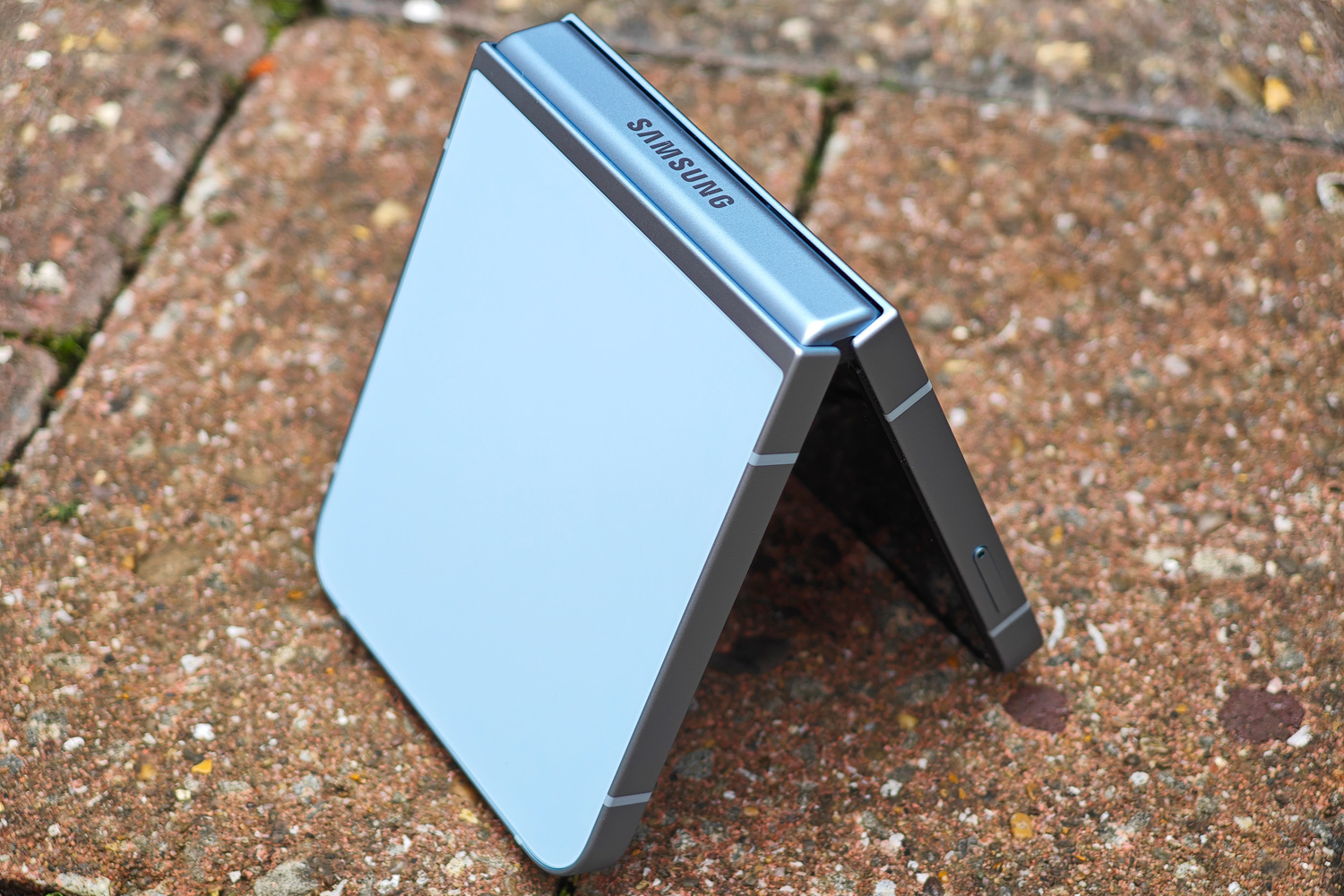
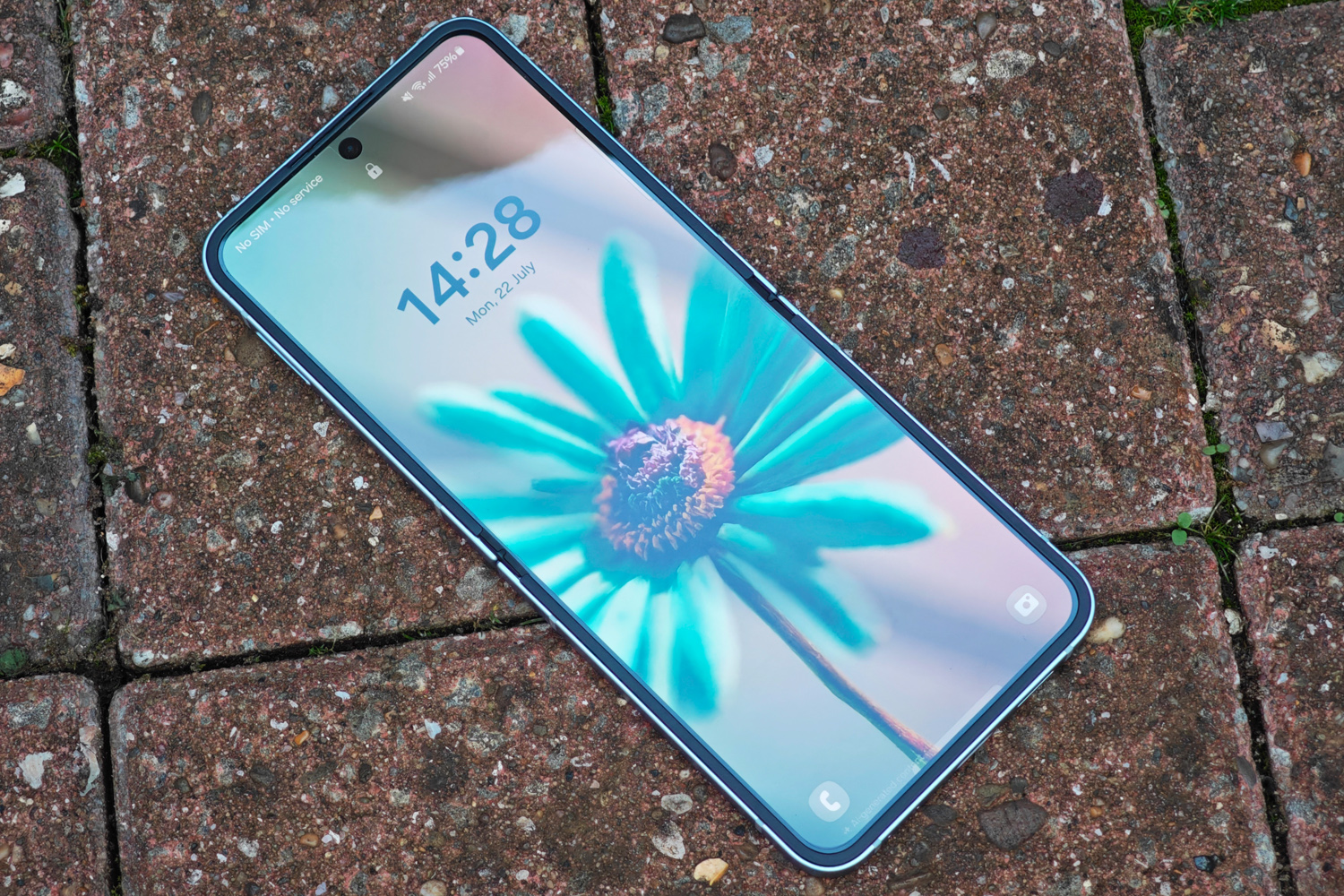
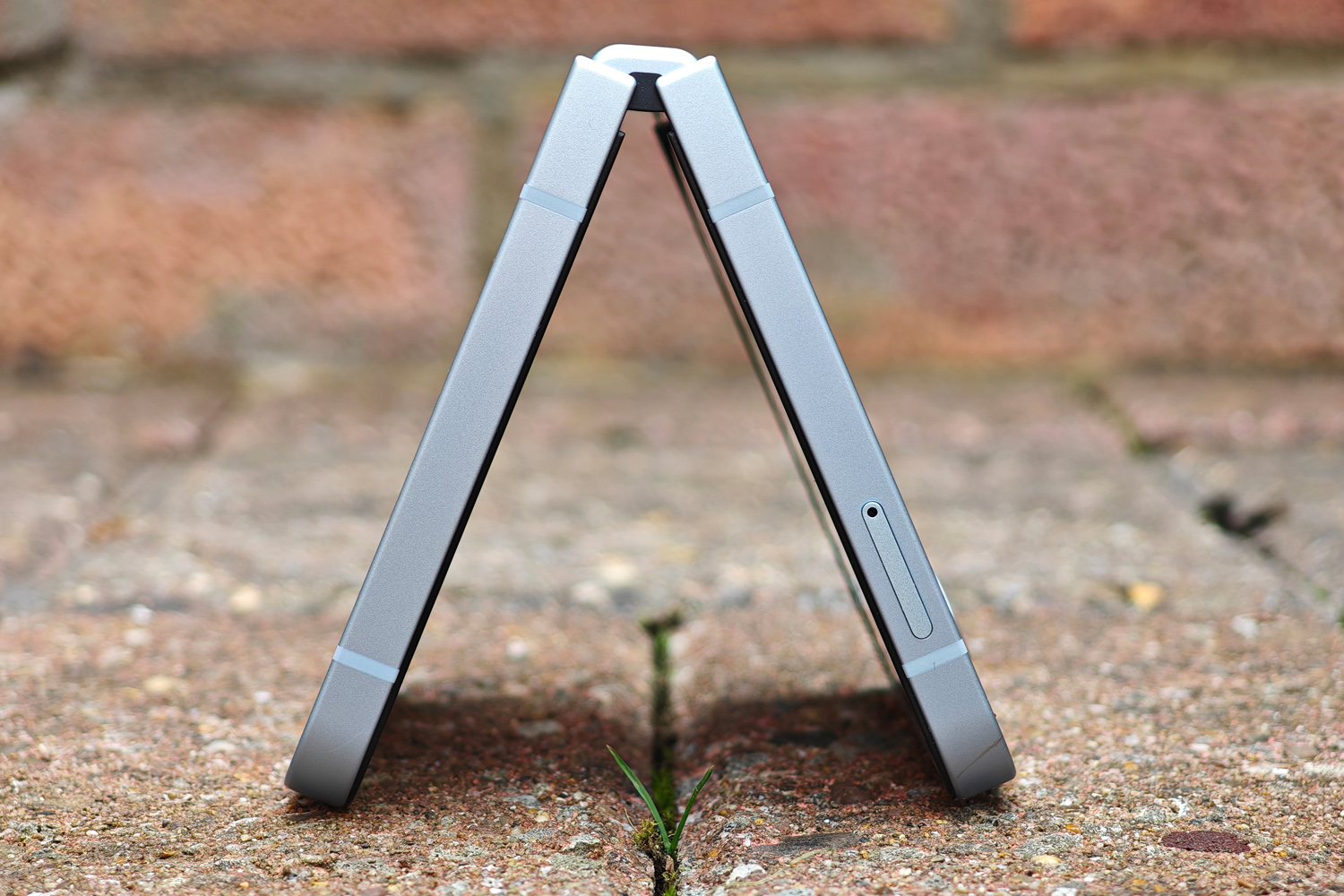
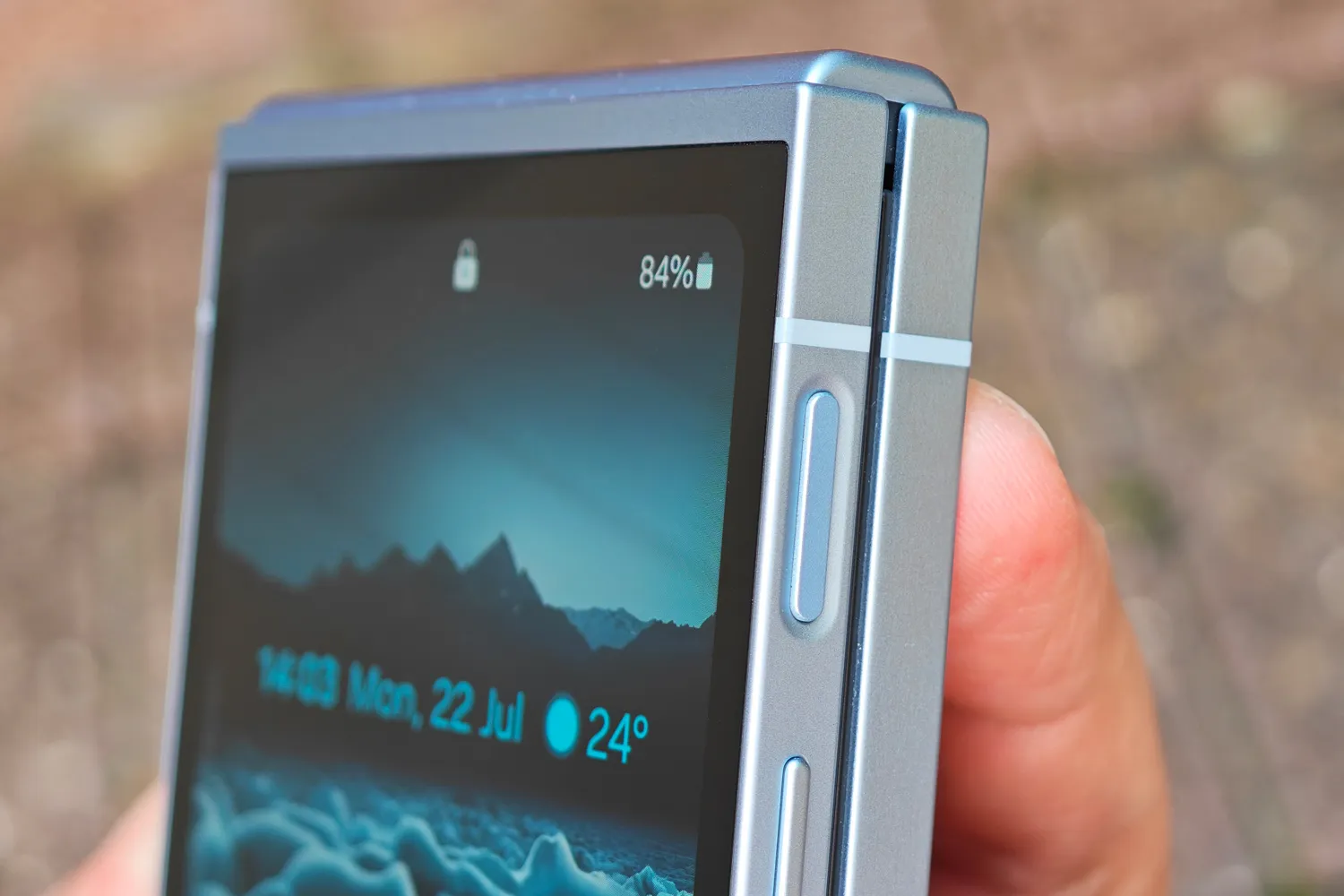
After banishing the unsightly hinge gap and expanding the cover screen last year, Samsung decided smaller tweaks are the order of the day for 2024. The overall shape and asymmetric cover screen are carried over from last year’s model, but the Galaxy Z Flip6 dumps the rounded, polished metal frame for flat sides and a matte finish that shrugs off fingerprints far better. I also found it easier to grip, both while unfolded and when shut.
Some colour-matched trim around the outer camera lenses is the biggest giveaway you’re looking at the latest phone, and not the older one. Mint, Blue and Yellow are this year’s more distinctive hues, while Silver Shadow is the subtle option. They all do a convincing impression of the Galaxy S24 Ultra’s titanium build, though it’s really a mix of aluminium and Gorilla Glass Victus 2 in use here. The Samsung web store is the only way to get Crafted Black, White or Peach, though I’ve not seen any of them in person. Samsung bespoke, which wasn’t a thing for the outgoing Galaxy Z Flip5, is dead and buried.
The hinge has been reinforced to better withstand drops and shocks, and the frame shouldn’t suffer scrapes or scratches as easily as the outgoing Flip5. I didn’t pick up any imperfections throughout my time with the phone, and I never put it in a case. It’s just plain nicer feeling in the hand than its predecessor, even before you flip it open for the first time.
The phone is IP48 rated against dust and water; this is an improvement on last year’s IPX8 rating, meaning the hinge is better able to keep dirt and detritus out. That bodes well for long-term ownership.
I think a side-mounted fingerprint sensor makes a lot of sense in a flip-style foldable; it’s always accessible, no matter which screen you’re using. The Flip 6 sensor is on par with last year’s model; neither are the speediest, or most accurate I’ve tried, but get the job done more often than not.
Screen & sound: familiar faces
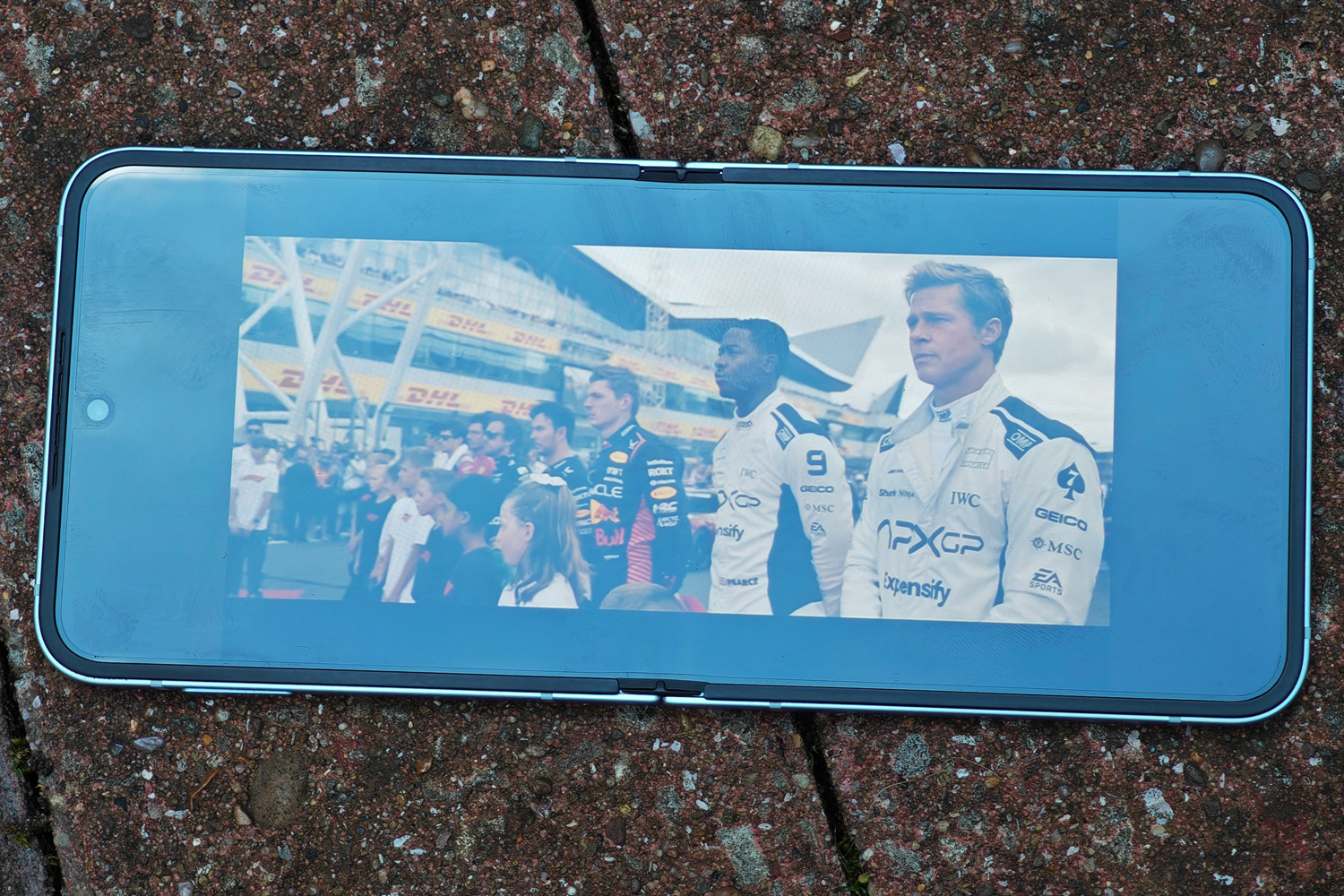
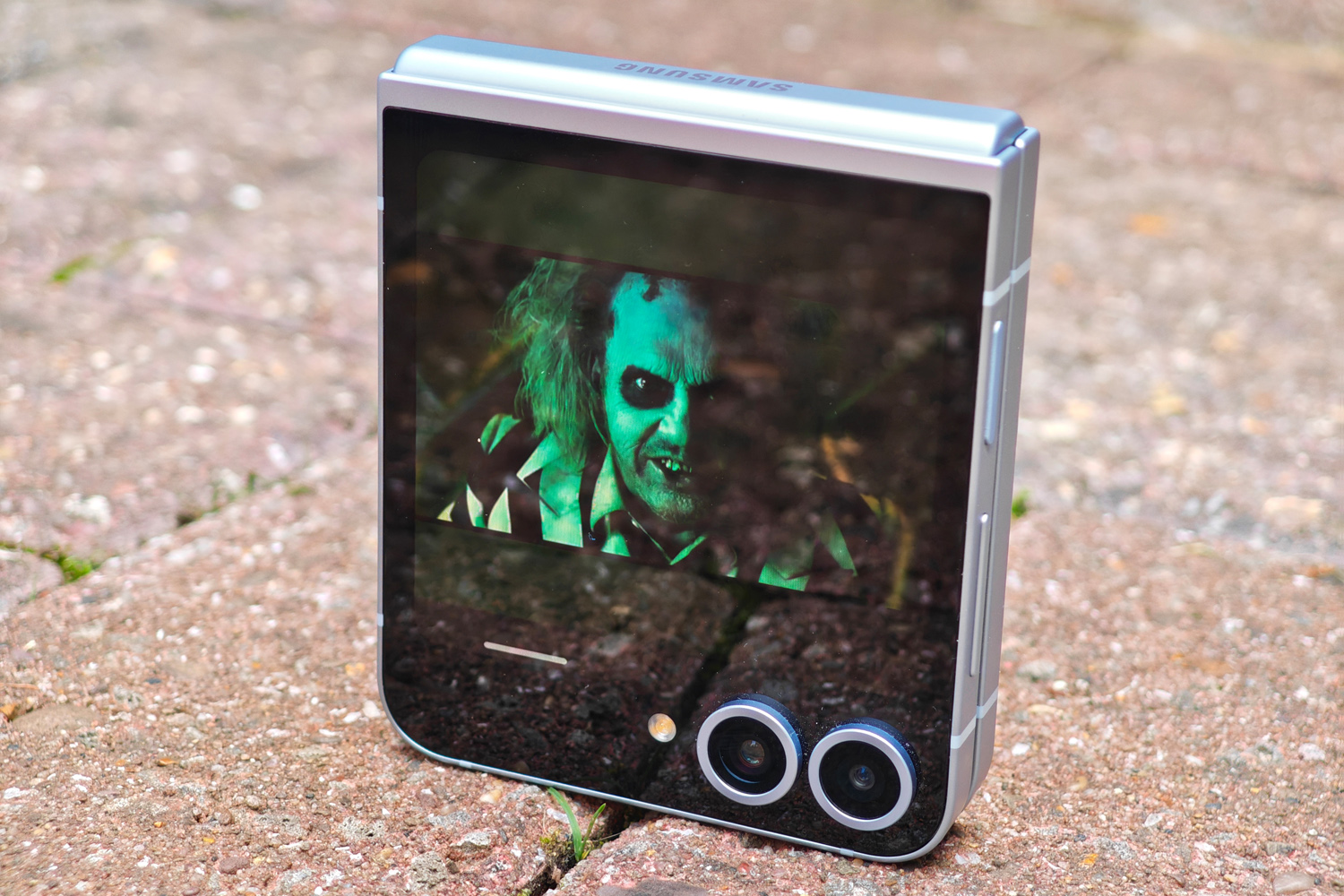
The Z Flip6’s two AMOLED screens are effectively unchanged from last year. That means a 3.4in cover screen that takes up the majority of the top half of the phone, complete with distinctive notched corner to make space for the outer camera lenses, and a 6.7in main screen underneath.
I was actually a bit surprised Samsung didn’t upgrade the cover screen, in light of Motorola’s more eye-catching 4in outer display. Maybe it was so all the widgets didn’t have to be redesigned to fill a different shape or size panel. Either way, it’s not nearly as attention-grabbing as it once was. It’s still an OLED, of course, with vivid colours and epic contrast. But you can tell it’s just a 60Hz panel, as swiping between widgets isn’t nearly as smooth as the inner screen.
I can’t fault the colours, which are every bit as punchy as the rest of Samsung’s OLED-equipped phones, or the snappy touch response. Brightness gets high enough to see pretty clearly while outdoors, though it doesn’t shine as strongly as the inner screen.
Everything I said about the Z Flip’s main display last year remains true here. The 2640×1080 flexible AMOLED delivers a buttery smooth 120Hz adaptive refresh rate; viewing angles are superb; and colours have a serious amount of punch. It holds up well when outdoors under strong sunshine, with a slightly higher real-world brightness than the Razr 50 Ultra. Google’s Ultra HDR standard kicks in whenever viewing photos in compatible apps, showing off bright highlights side-by-side with deep shadows.
The display crease is all but invisible when held face-on, but more noticeable from the sides than some rival foldables. As with most rivals, the pre-applied plastic screen protector is super reflective, which can mean you need to push brightness higher than you would on a less reflective handset to see things clearly.
The phone’s speakers shout pretty loud, with a decent level of clarity. There’s even a bit more bass than the outgoing Flip5. It’s just fine for YouTube streaming and podcast playback, though the Razr 50 Ultra has it licked for volume.
Cameras: finally on par
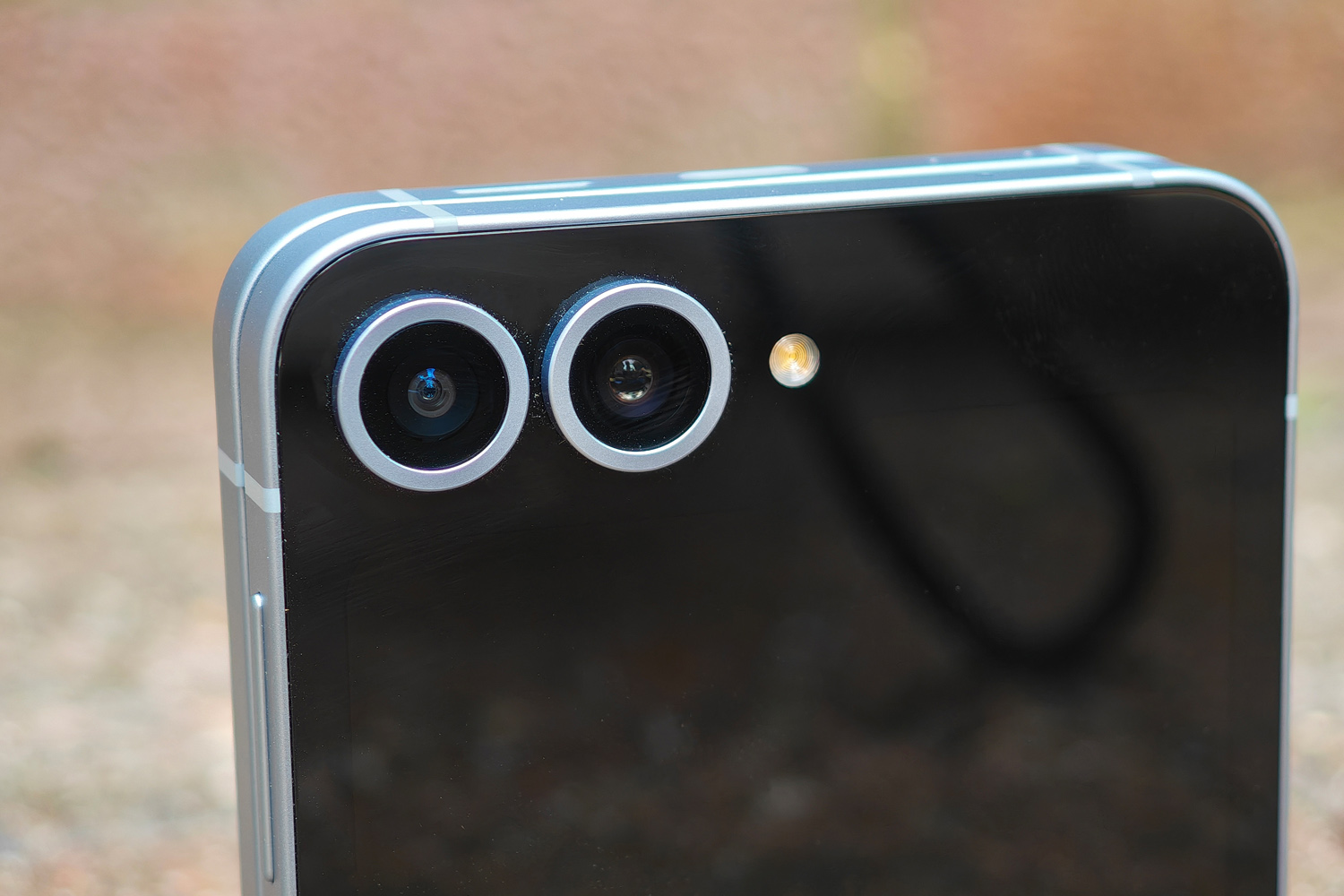
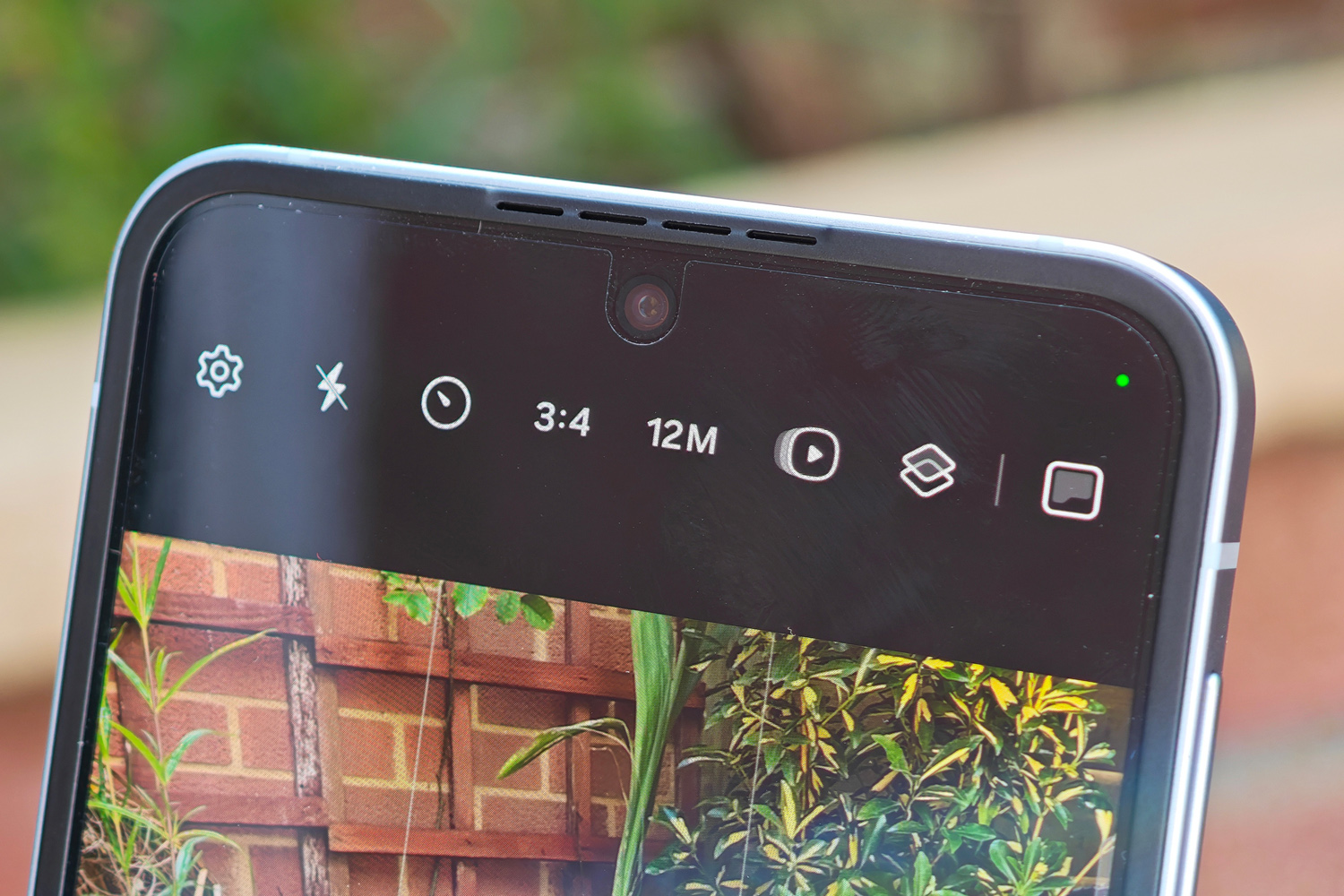
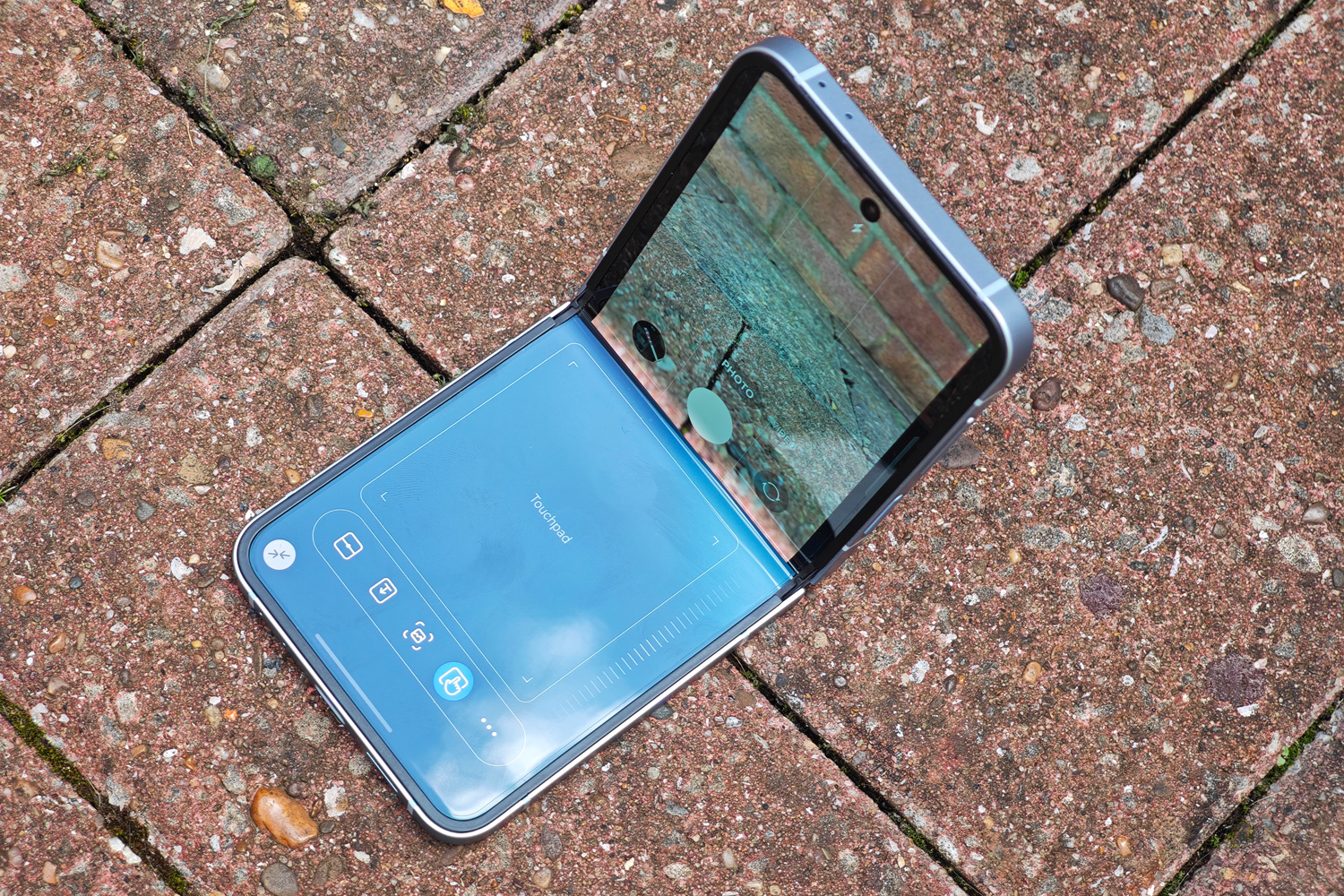
With less space to fit complex camera hardware, flip phones are usually at a disadvantage to their non-folding counterparts. The Z Flip6 fixes that with a 50MP lead lens borrowed from the Galaxy S24. While previous models changed their sensors once or twice, this is the first time a Z Flip has ever gone up on pixel count – and the first in three generations to match the mainline Galaxy.
This isn’t the largest sensor out there, but Samsung’s picture processing manages to keep the Z Flip6 closely in step with the non-folding mainstream. I got clean, detailed photos in daylight and well-lit indoor scenes, with low light shots that use the automated Night mode not being too far behind. Every shot showed Samsung’s usual punchy colours and plenty of dynamic range. Sharpening seems to have been dialled back a bit compared to last year, for a more natural look to proceedings. I like it.
Importantly, there’s a level of consistency here that you won’t get from the Motorola Razr 50 Ultra. I know roughly how a photo will come out when using this phone; with the Razer, white balance and colour vibrance were more of an unknown until I’d checked the photo gallery. If you never play with Pro mode, the Samsung will be the better choice.
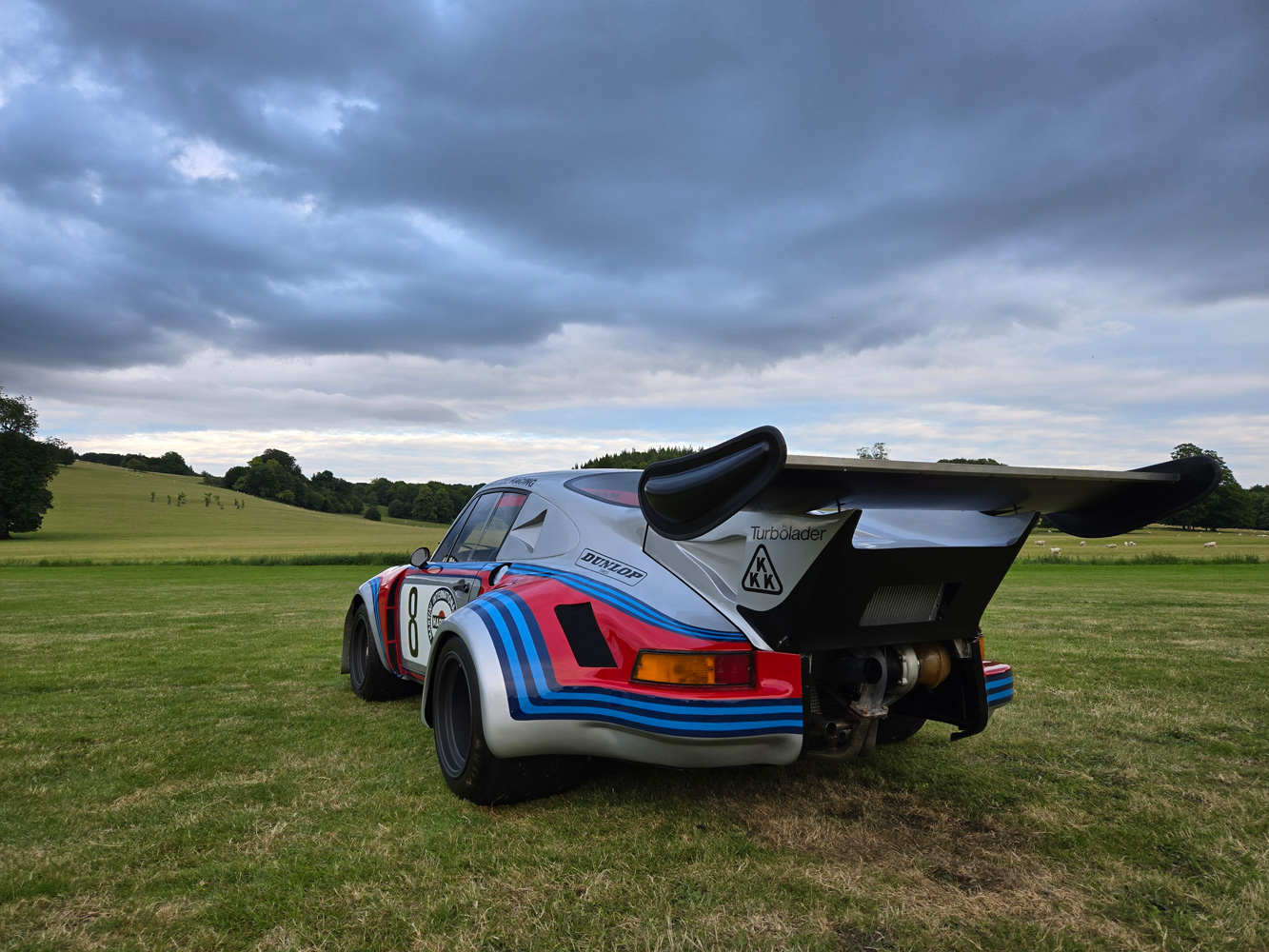
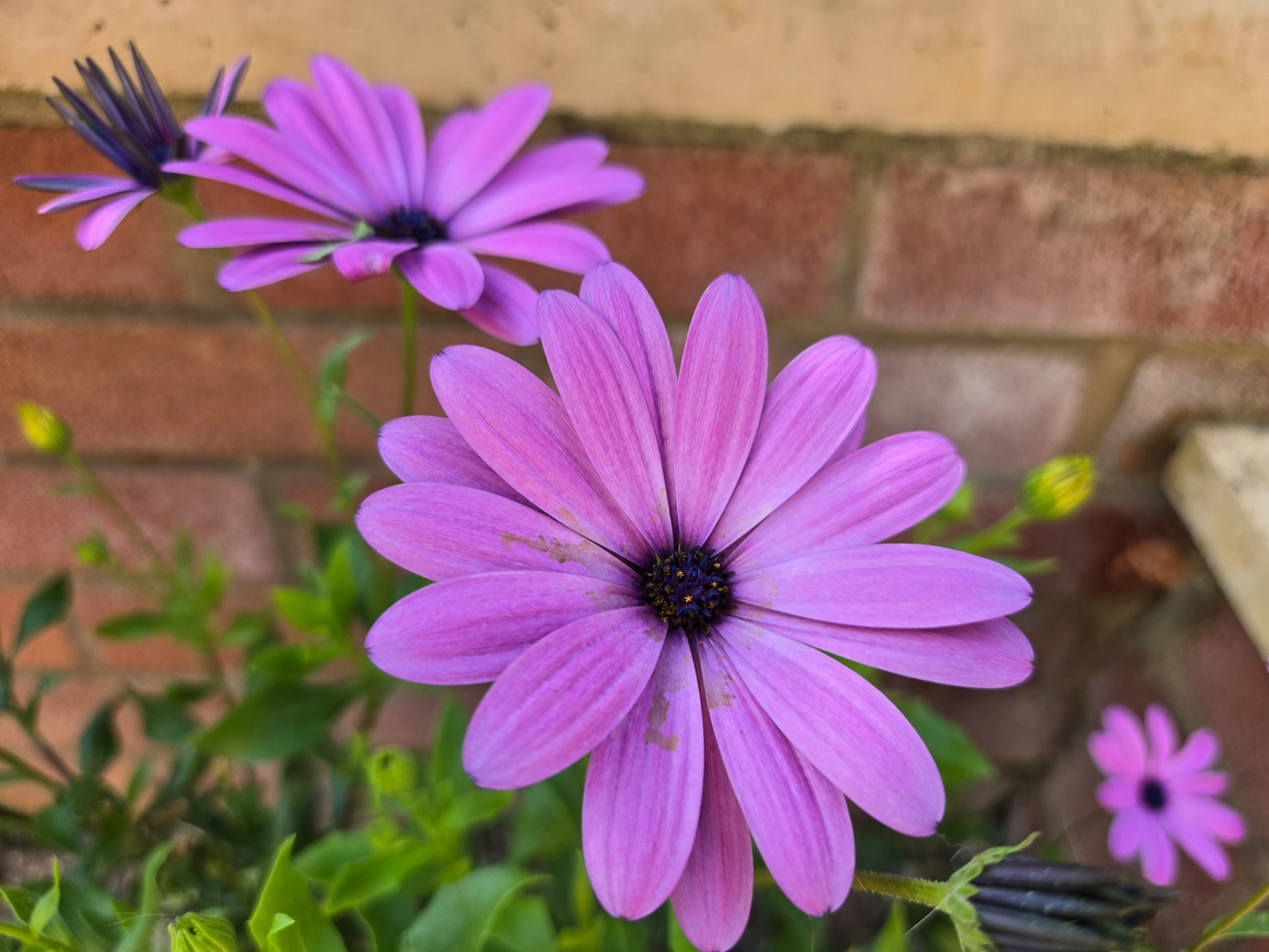
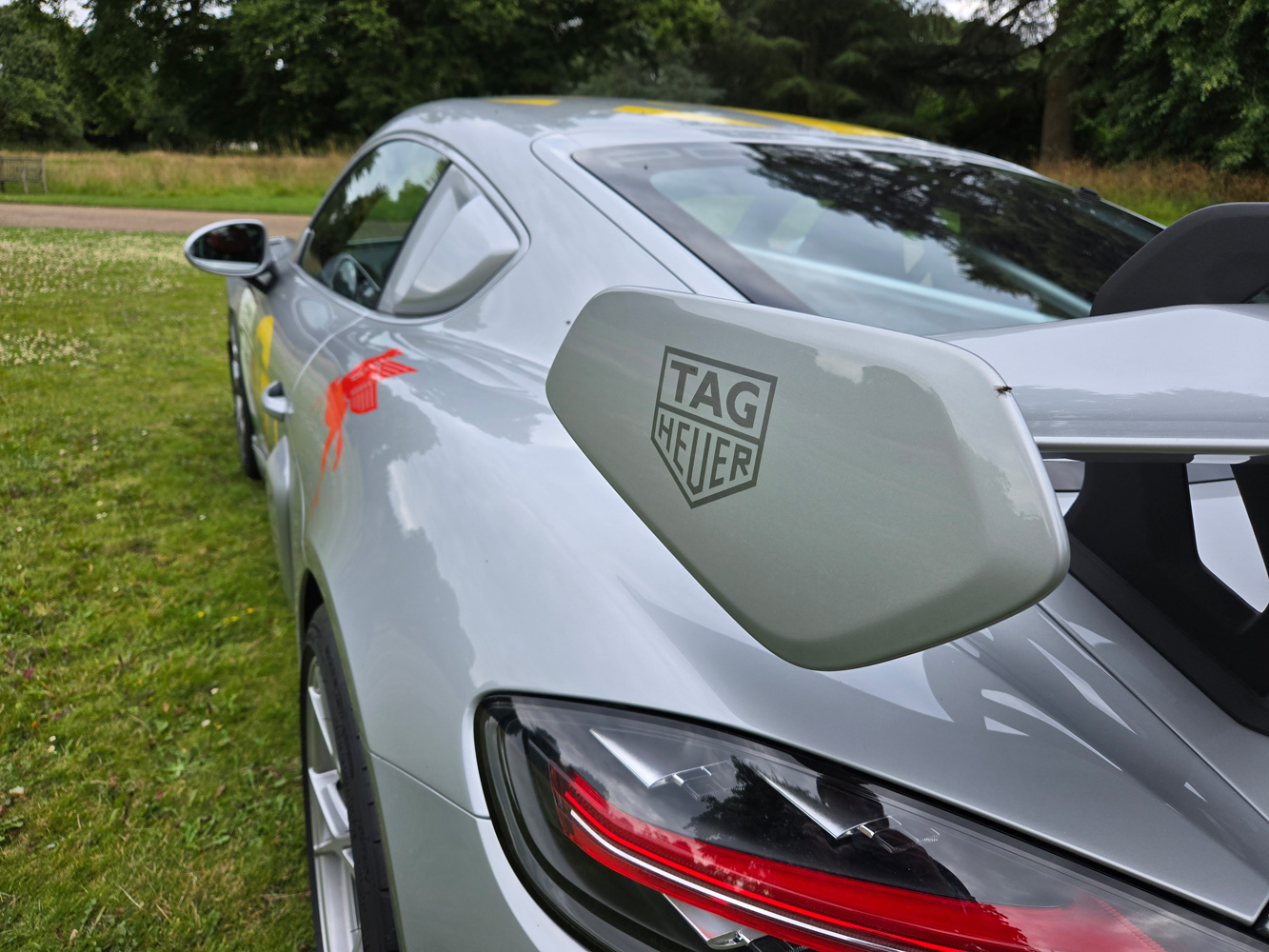
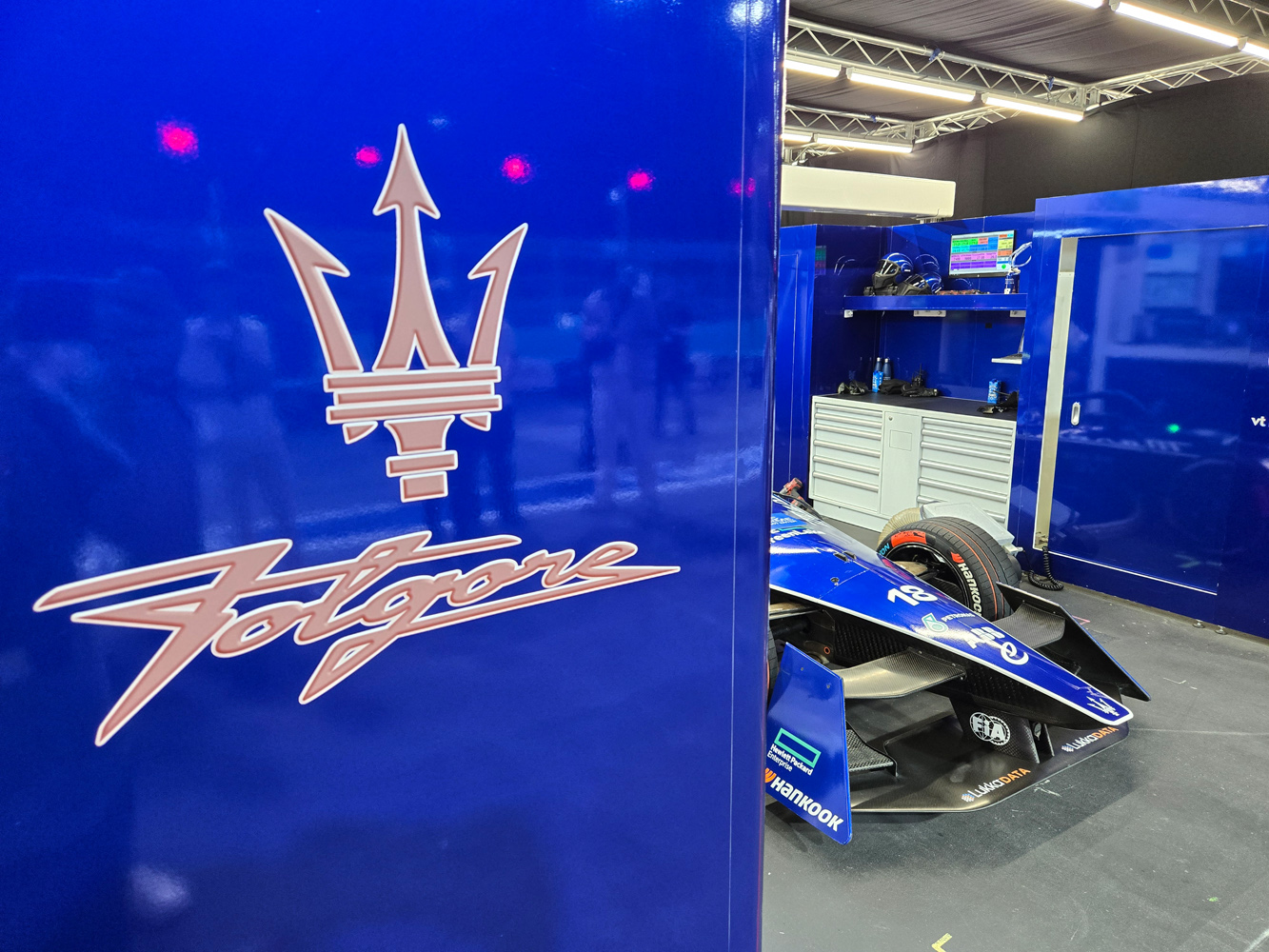
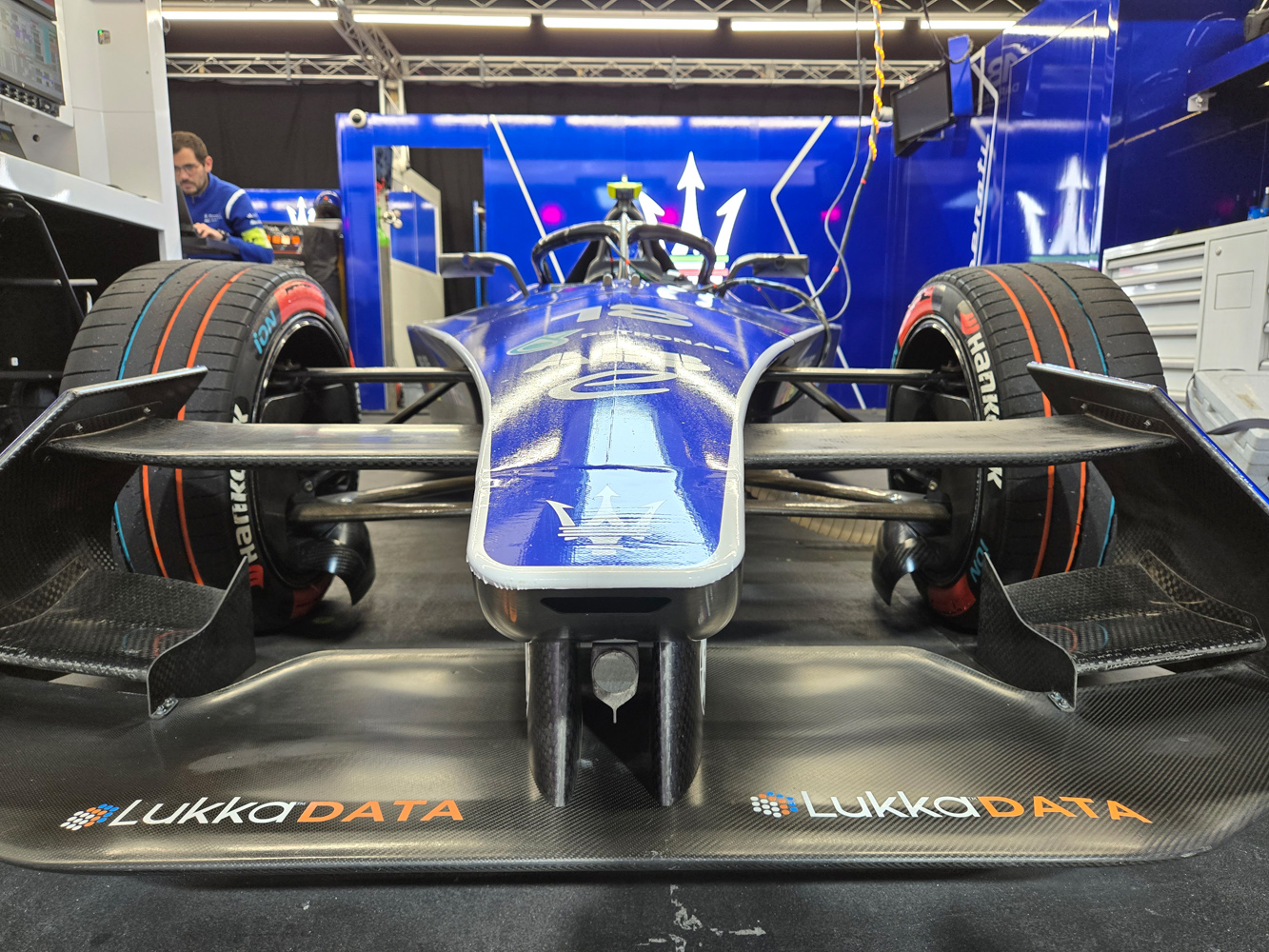
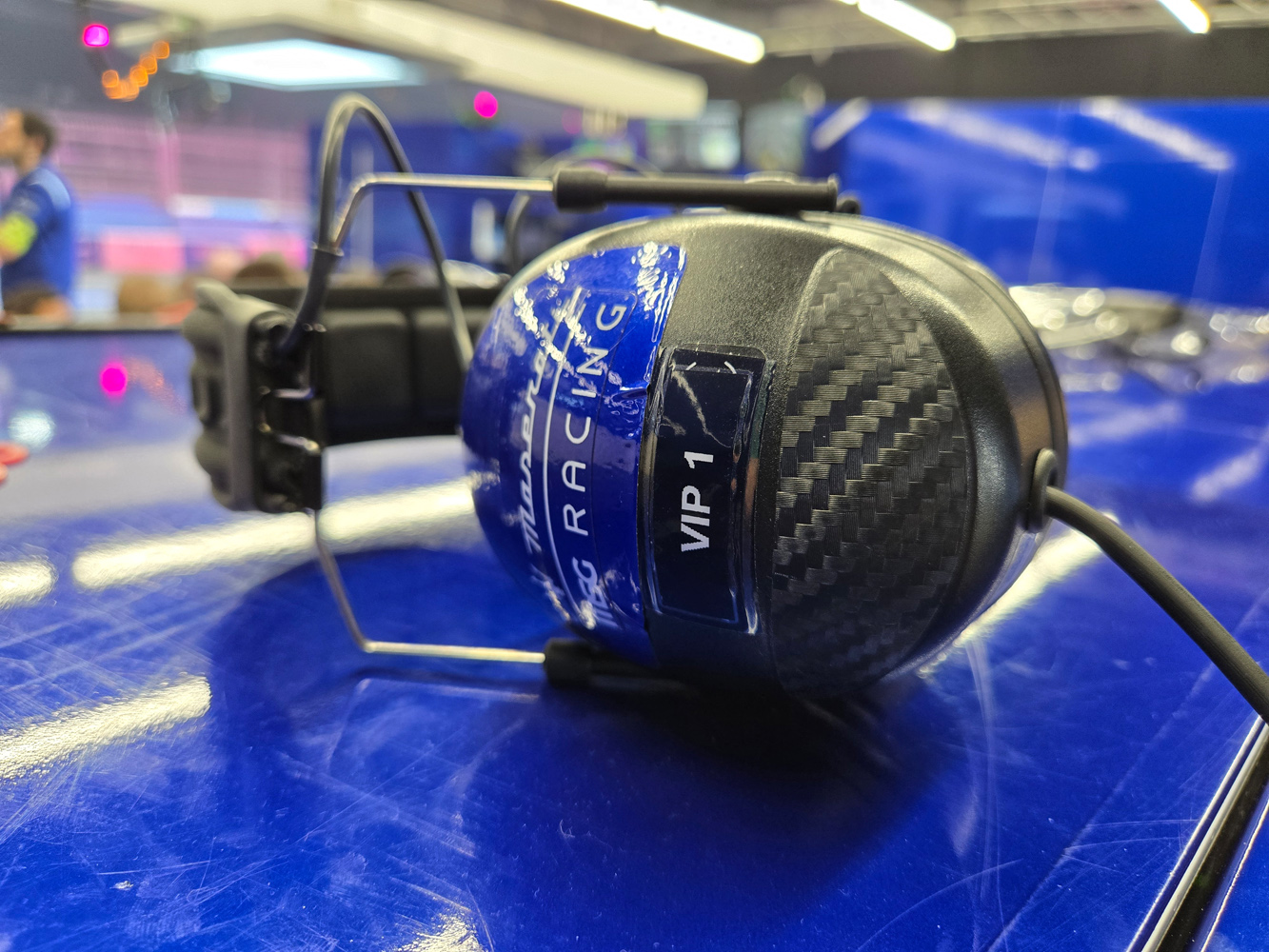
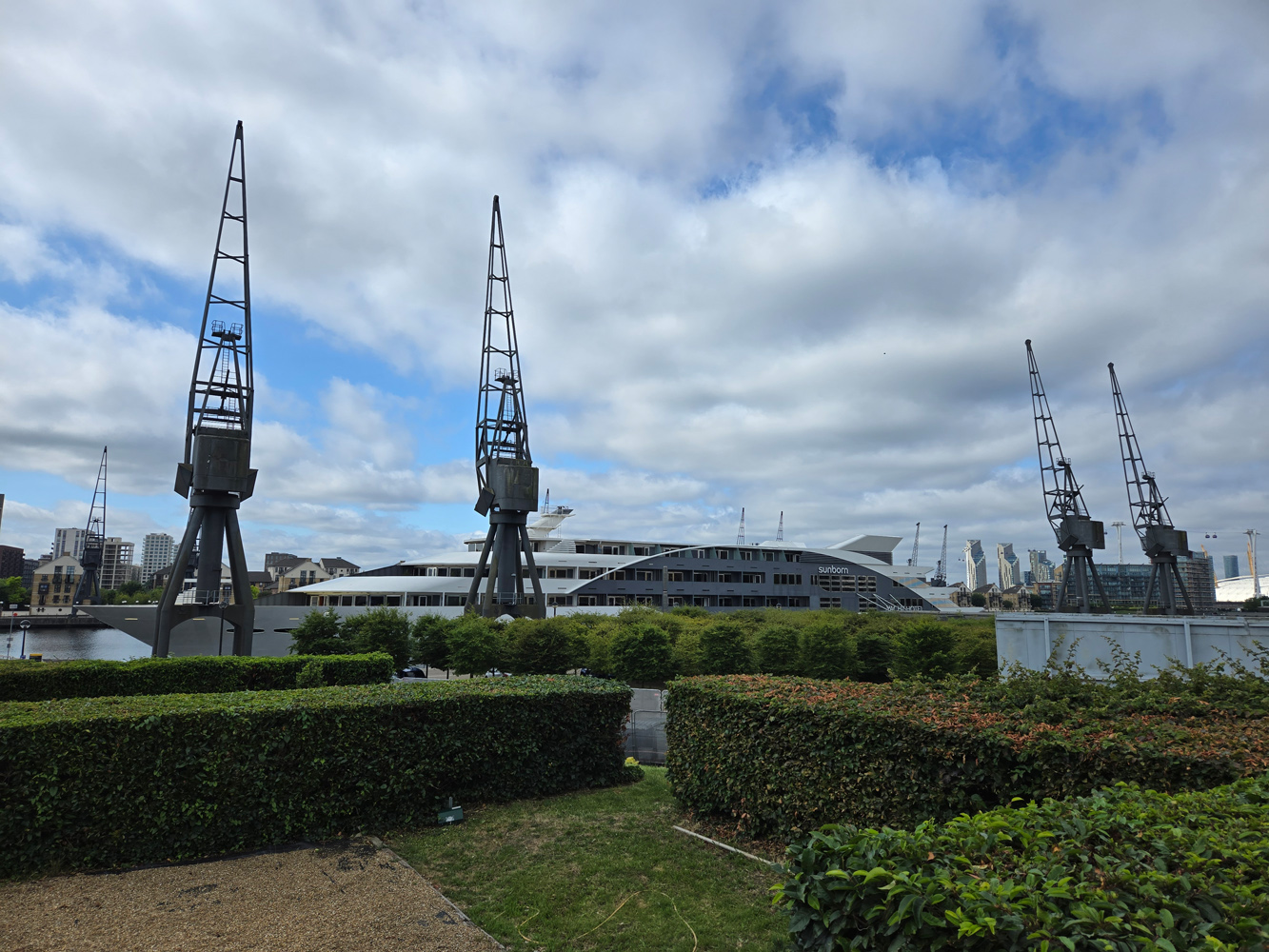
There’s no dedicated telephoto lens, but the 2x zoom is practically lossless in bright scenes. There’s still a decent amount of fine detail on display once the sun sets, too. Moving subjects are still a struggle regardless of camera mode or lighting conditions, with panning shots of cars proving almost impossible to keep crisp.
Samsung has done a deal with Instagram so the phone’s low light mode kicks in when filming Stories posts inside the Instagram app, as well as the native camera app. That’ll certainly come in handy for any social butterflies.


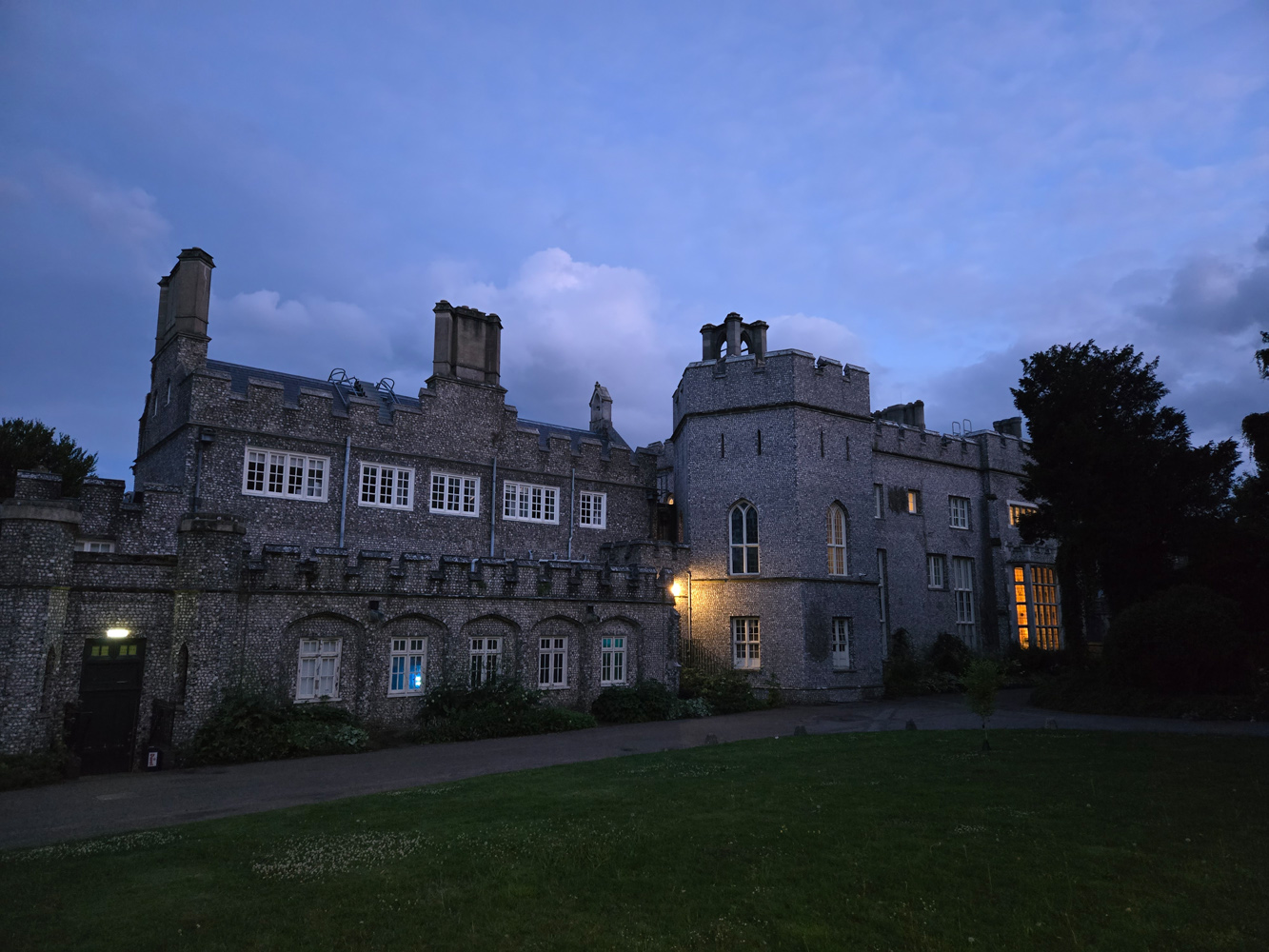
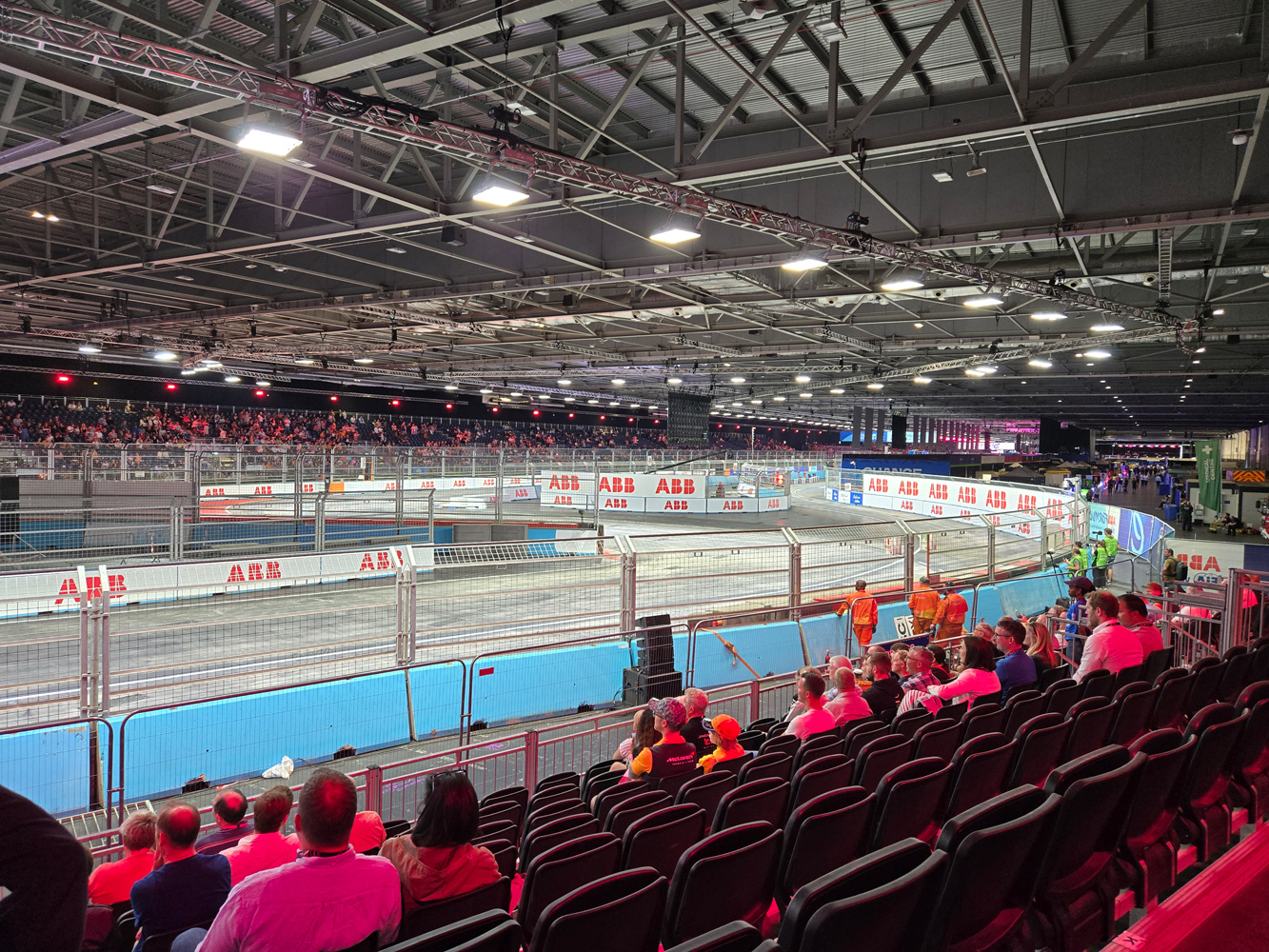
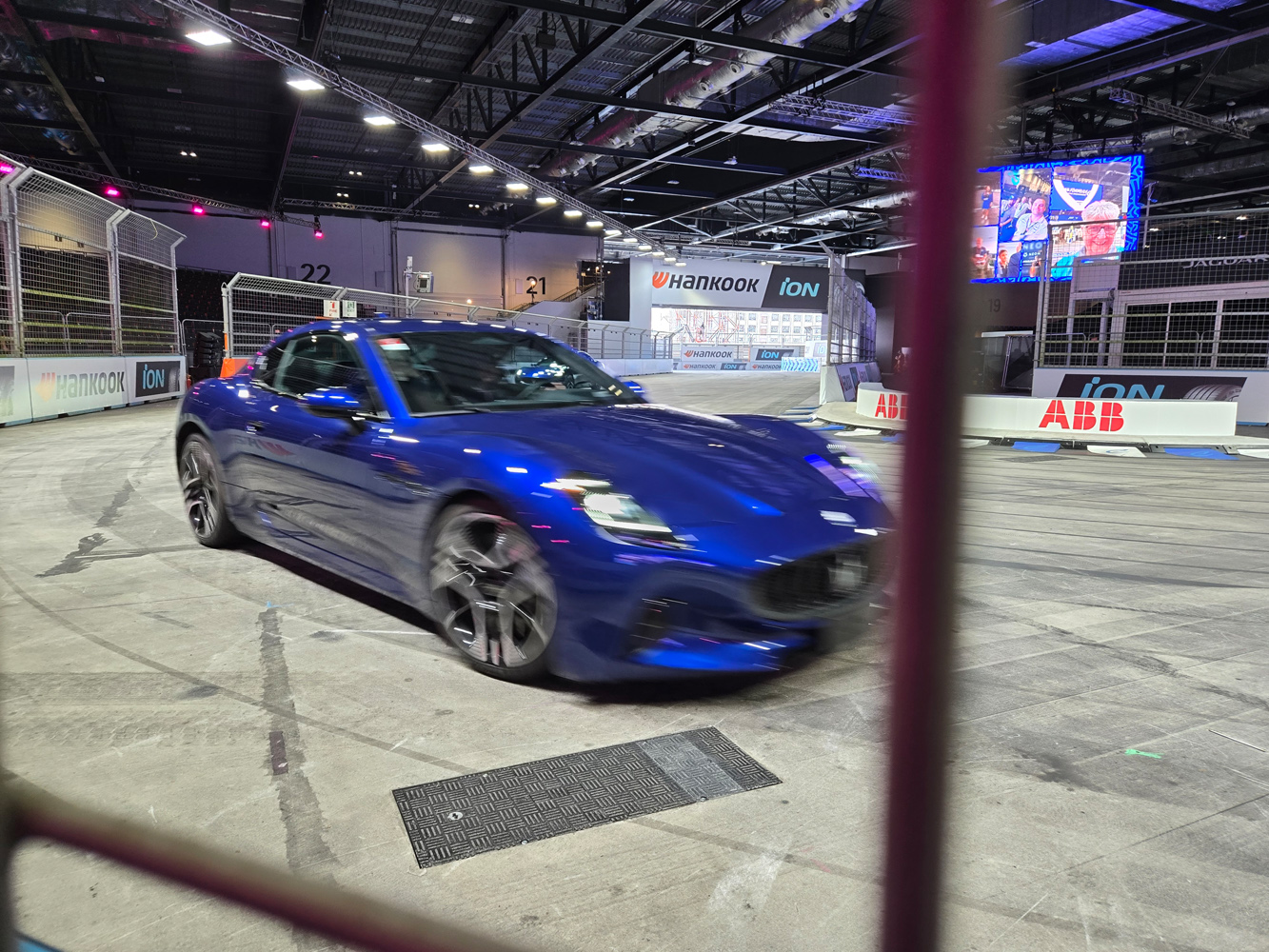
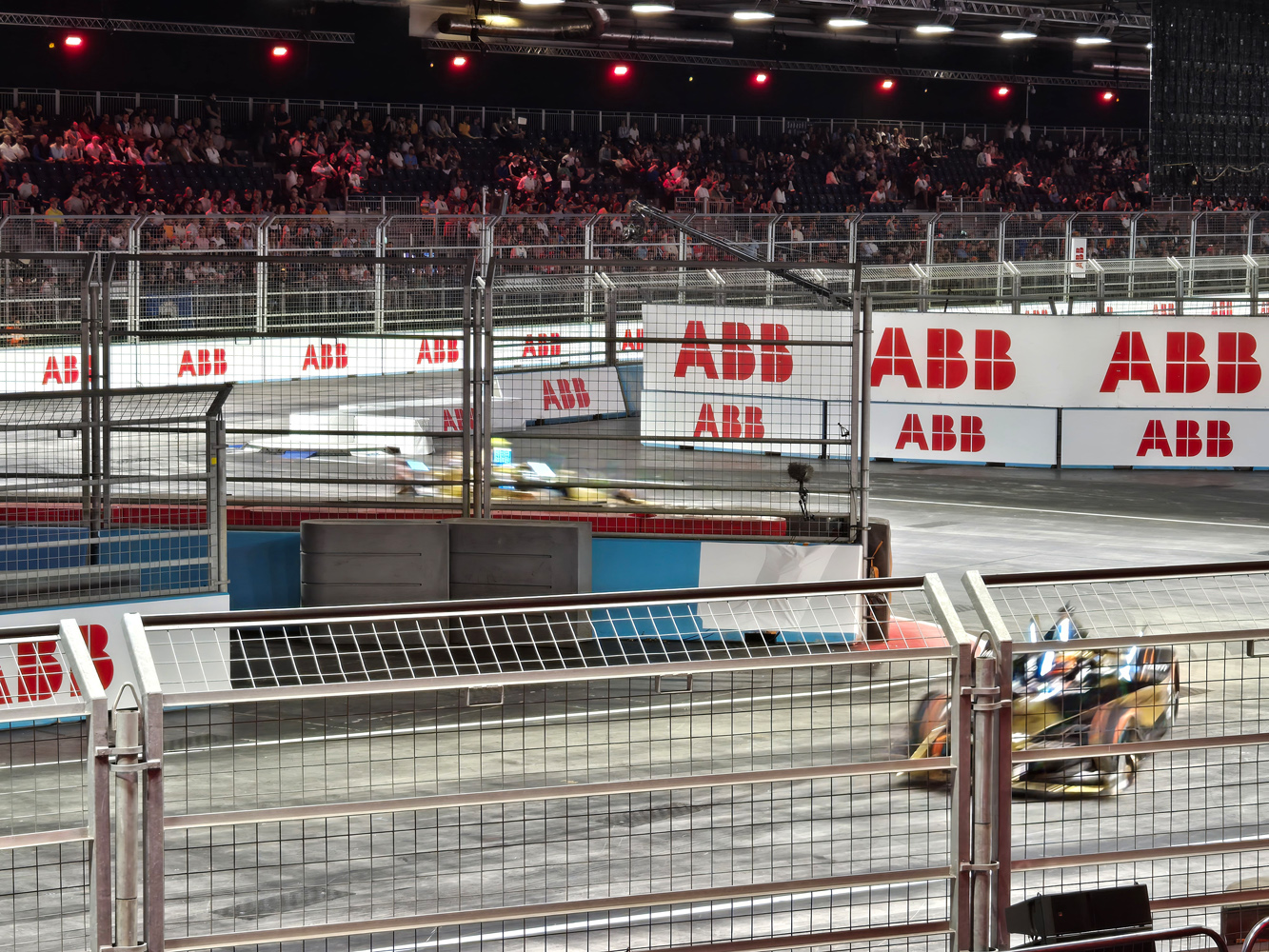
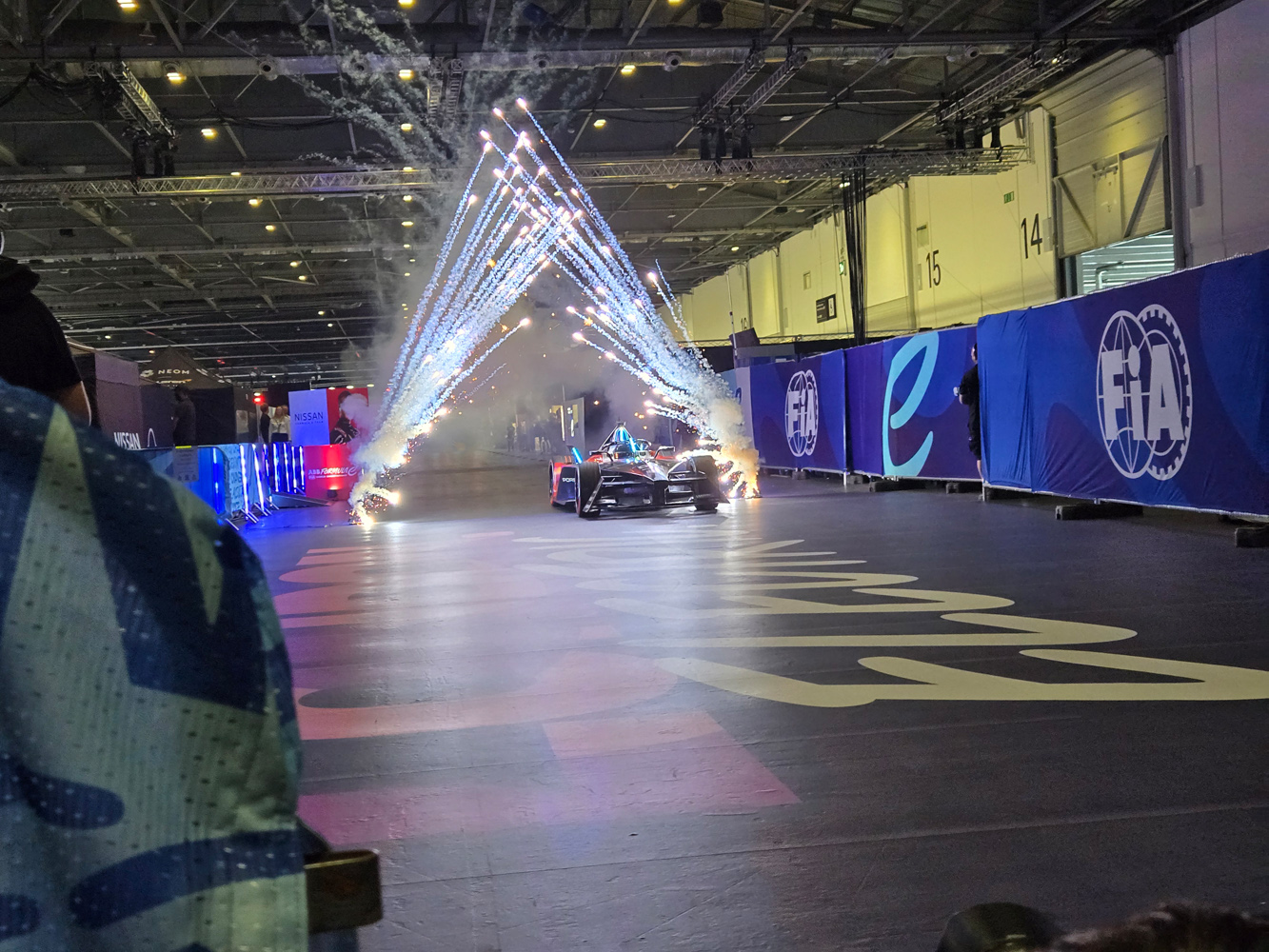
Samsung has stuck with a 12MP ultrawide second snapper, while main rival Motorola has gone for a 2x portrait zoom as backup instead. That means the Galaxy is best for fitting more of a scene into each shot, though detail and definition can’t match the main camera. Colour and exposure are largely on par, though, which is great to see. I personally didn’t use it an awful lot, and with Samsung would’ve added autofocus to let it double as a close-up shooter; as it stands, macro snaps are largely off the cards.
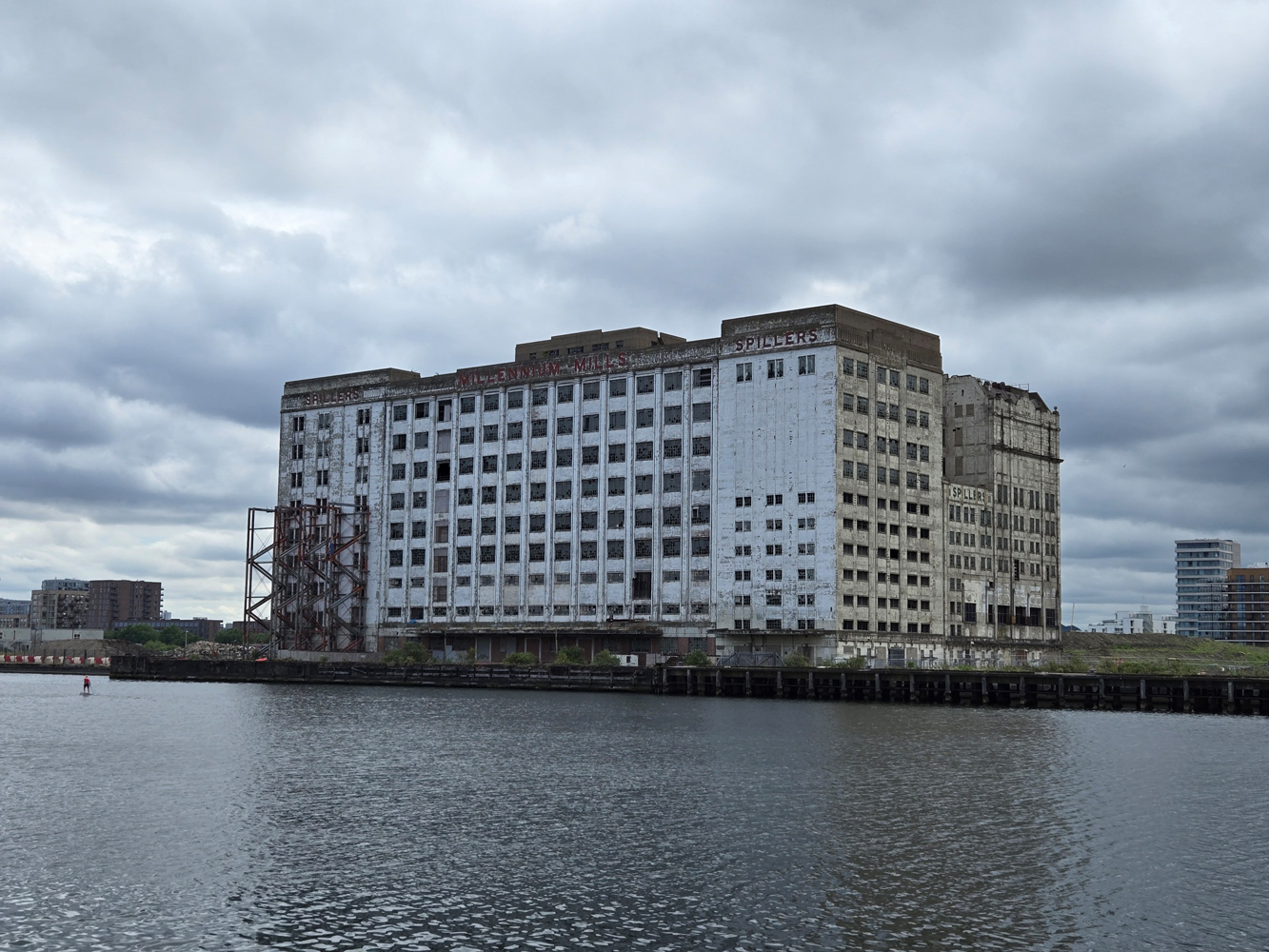

The 10MP camera hole-punched through the inner display remains a welcome inclusion for video calls, but stills snaps are a lot crunchier and overly sharpened compared to the outer lenses. The cover display makes for such a useful viewfinder that you’ll want to use them for selfies, anyway. I also like how holding the phone sideways like a camcorder puts smooth zoom controls right by your fingertips when recording video. 4K60 footage is wonderfully crisp, and long-pressing clips during playback generates extra frames on the fly for convincing slow motion.
Software experience: widgets rule, apps drool
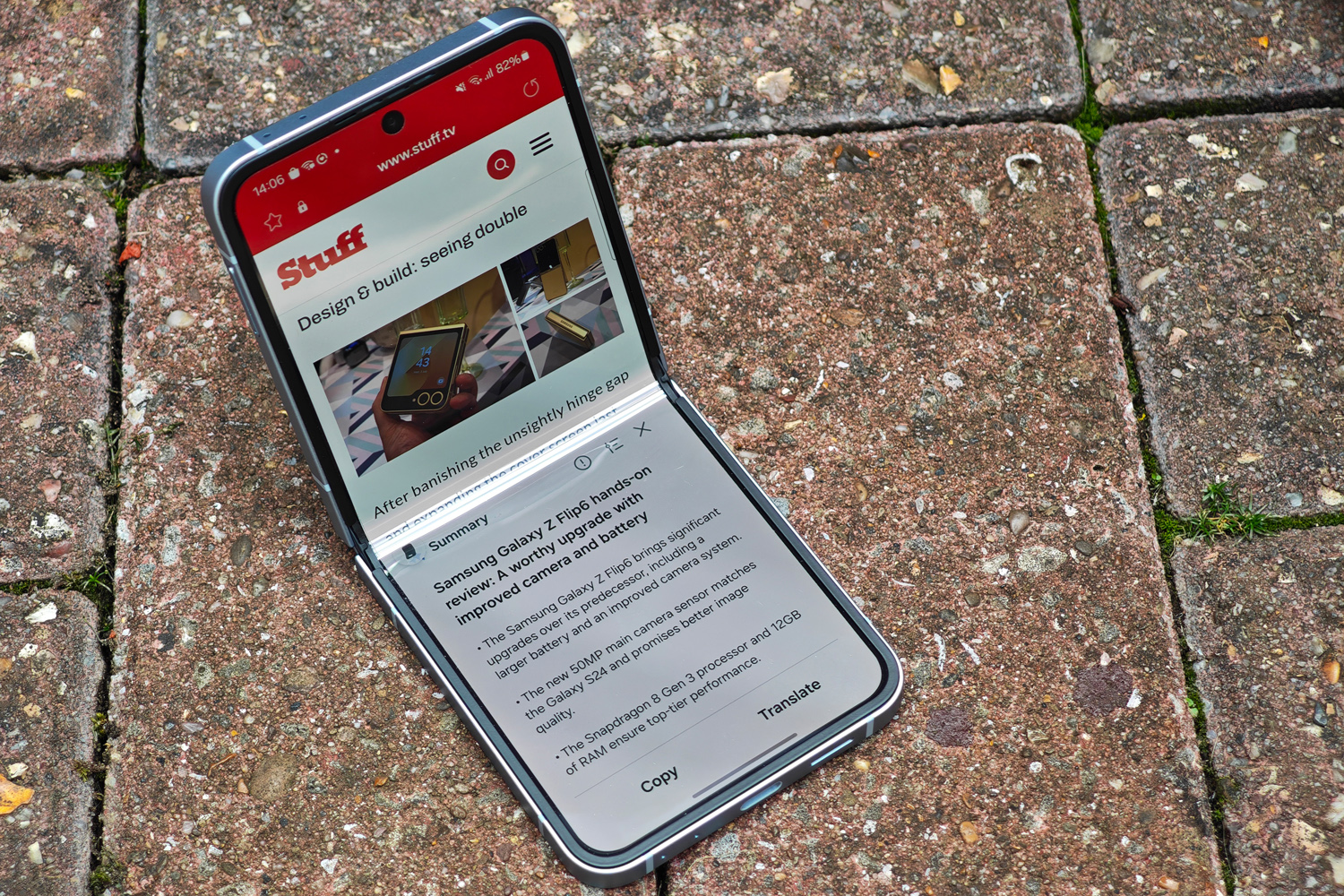
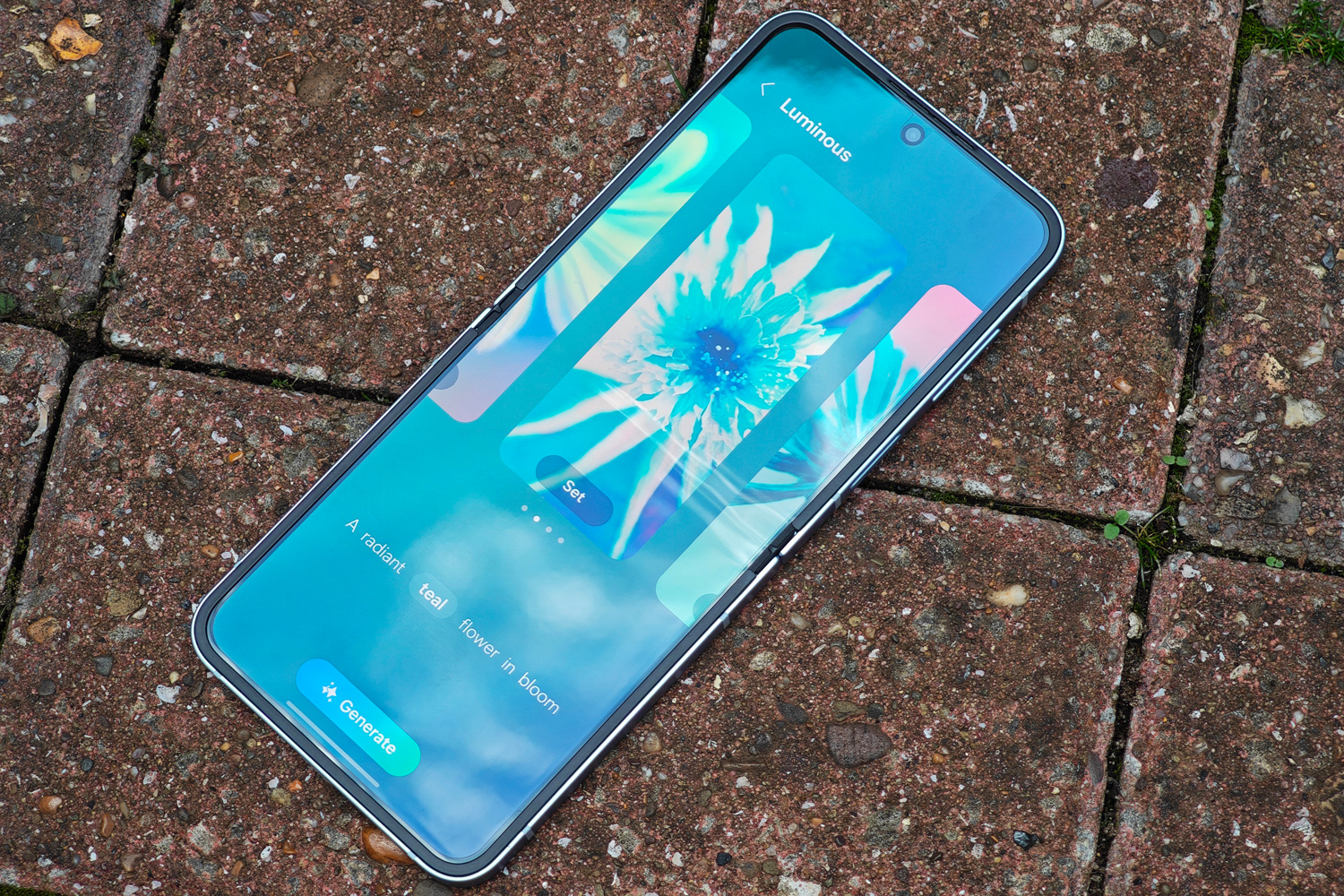
The latest version of Samsung’s OneUI interface brings all the AI smarts introduced earlier in 2024 on the Galaxy S24. Samsung has also added a few more, including ones that take advantage of the Z Flip6’s form factor.
Suggested replies, which read the last messages sent to a particular contact and create replies that more closely match your tone of voice, are now available from the cover display. The translator tool’s Interpreter function also gets a conversation mode that uses both screens at once to keep your chatter flowing a bit more naturally, even with a language barrier.
Other cover-specific additions include interactive wallpapers that change based on the time and current weather, and a handful more widgets to cut down on how many times you open the phone. However, opening any app you like on the cover screen remains convoluted. A Labs option puts a few Samsung-approved apps within easy reach, including Google Maps and YouTube, but others are hidden from view until you install the Good Lock power tools app. Google Gemini can’t do much from the outer screen, either, needing you to open the phone to respond to voice commands in any great detail. This puts the phone a big step behind the Motorola Razr 50 Ultra in terms of usability, in my view.
On the inside, you get Samsung’s usual extensive range of OneUI apps, features and customisation options. There’s enough here to keep tinkerers busy for days. My highlight is the Galaxy AI-powered image editing inside the Gallery app; it’s the slickest I’ve used on a phone. You can generatively expand tightly cropped snaps, create real-looking props and accessories with simple sketches, and turn faces into fun Pixar-style cartoon avatars in the AI portrait studio.
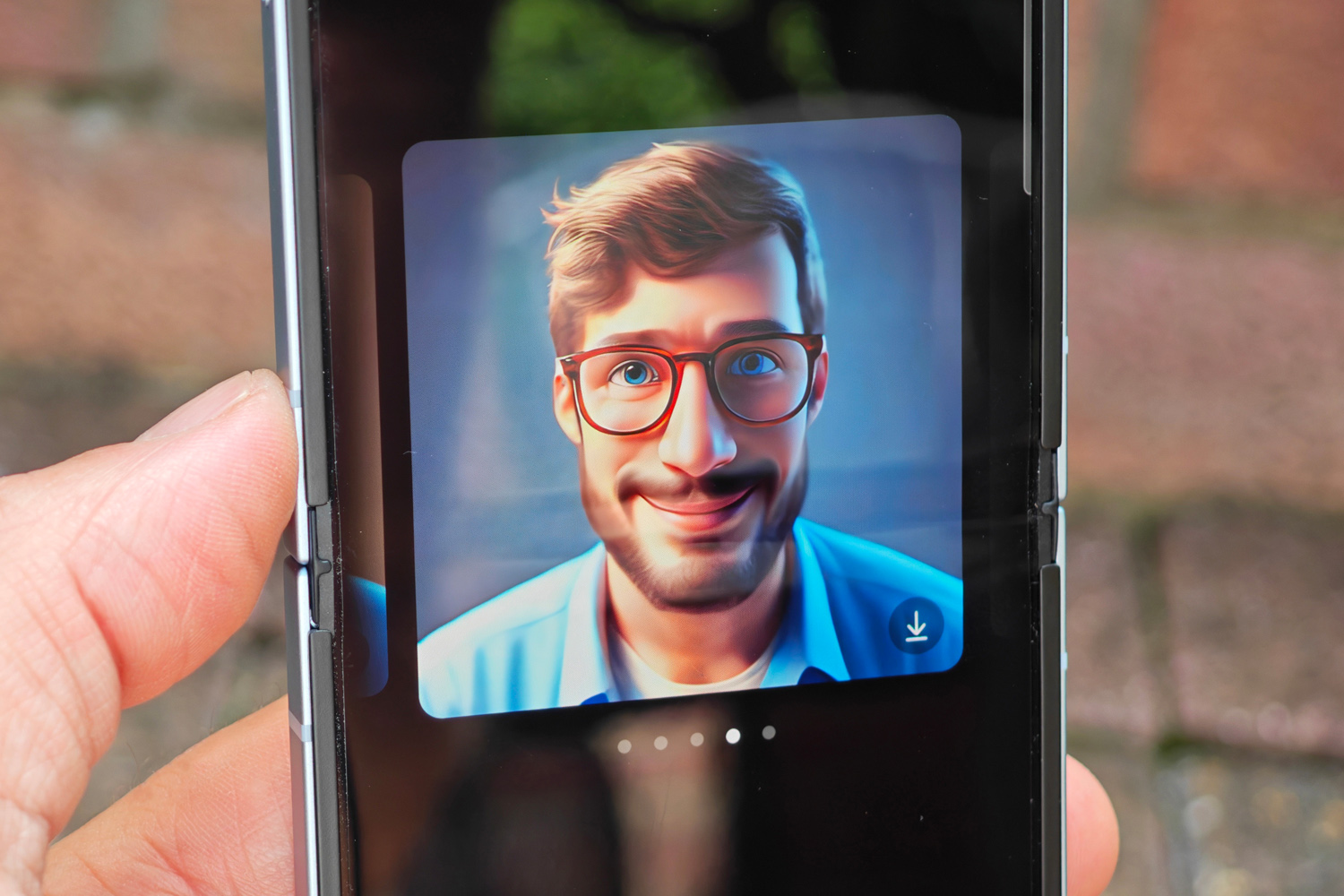


Samsung is also promising a full seven years of software support, which is double what you’ll get from any clamshell competition. The firm is rapid to roll out new Android versions, too – something Motorola has been historically bad at. If you keep your phones for the long haul, that’s definitely something to consider.
Performance & battery life: that’s more like it
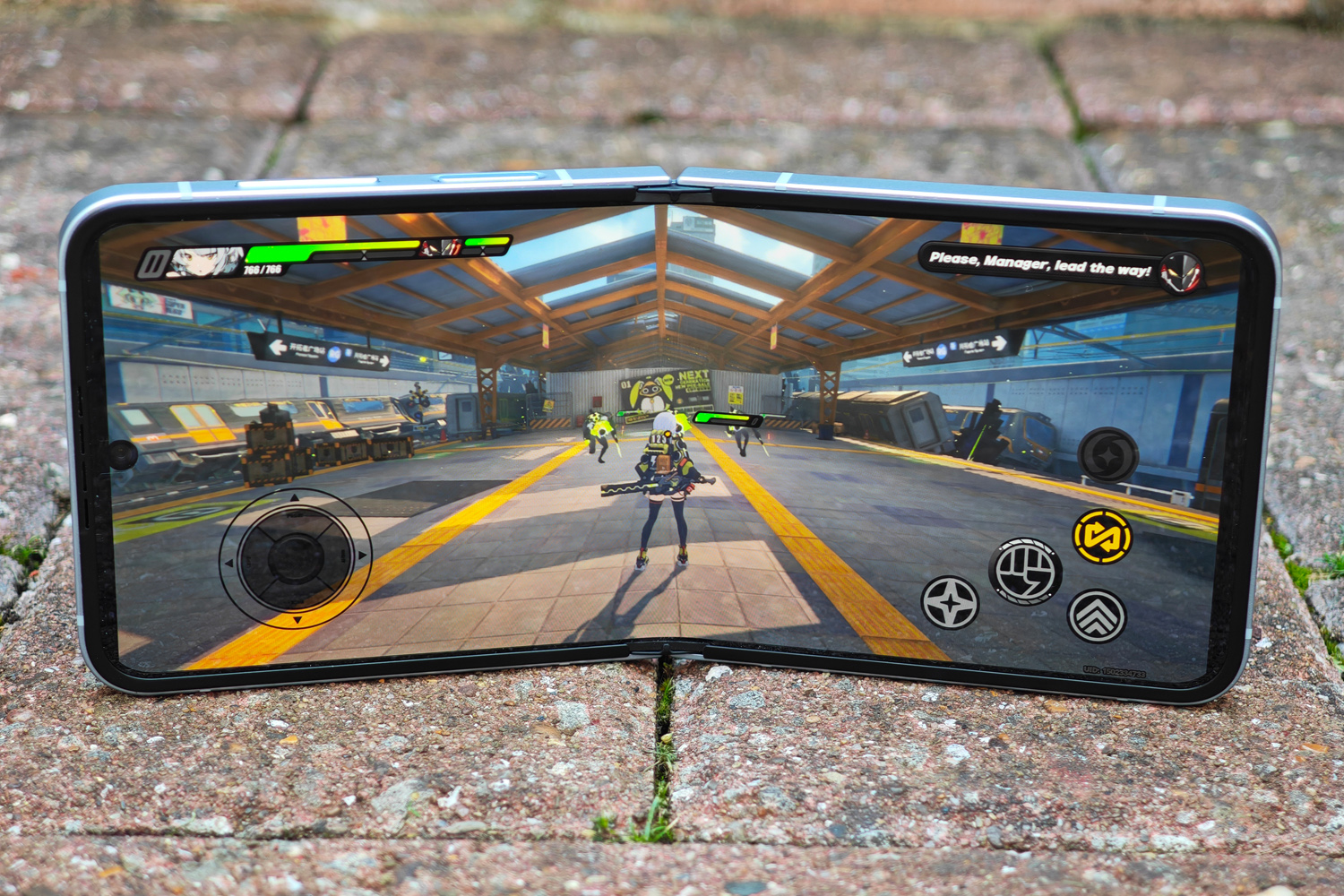
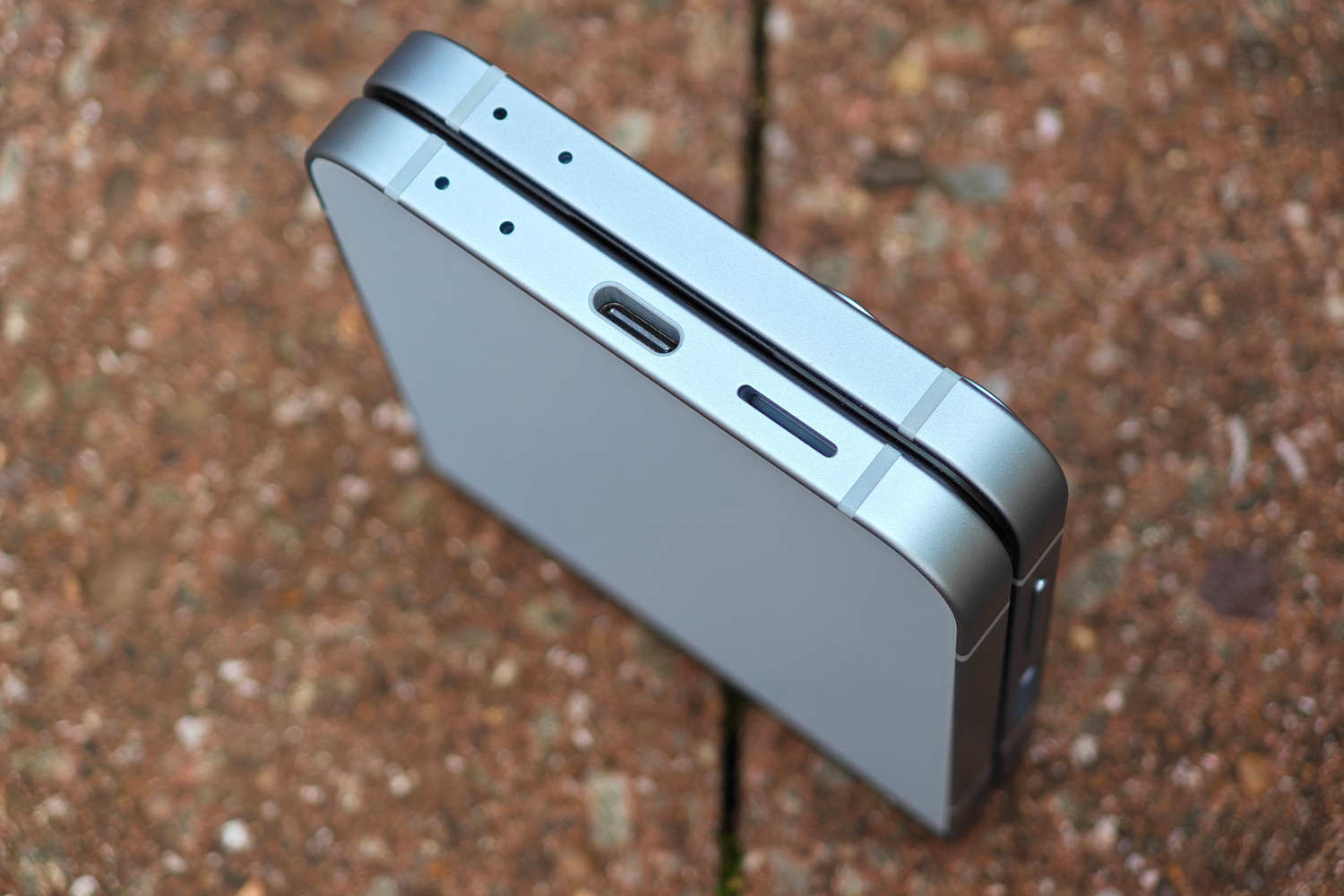
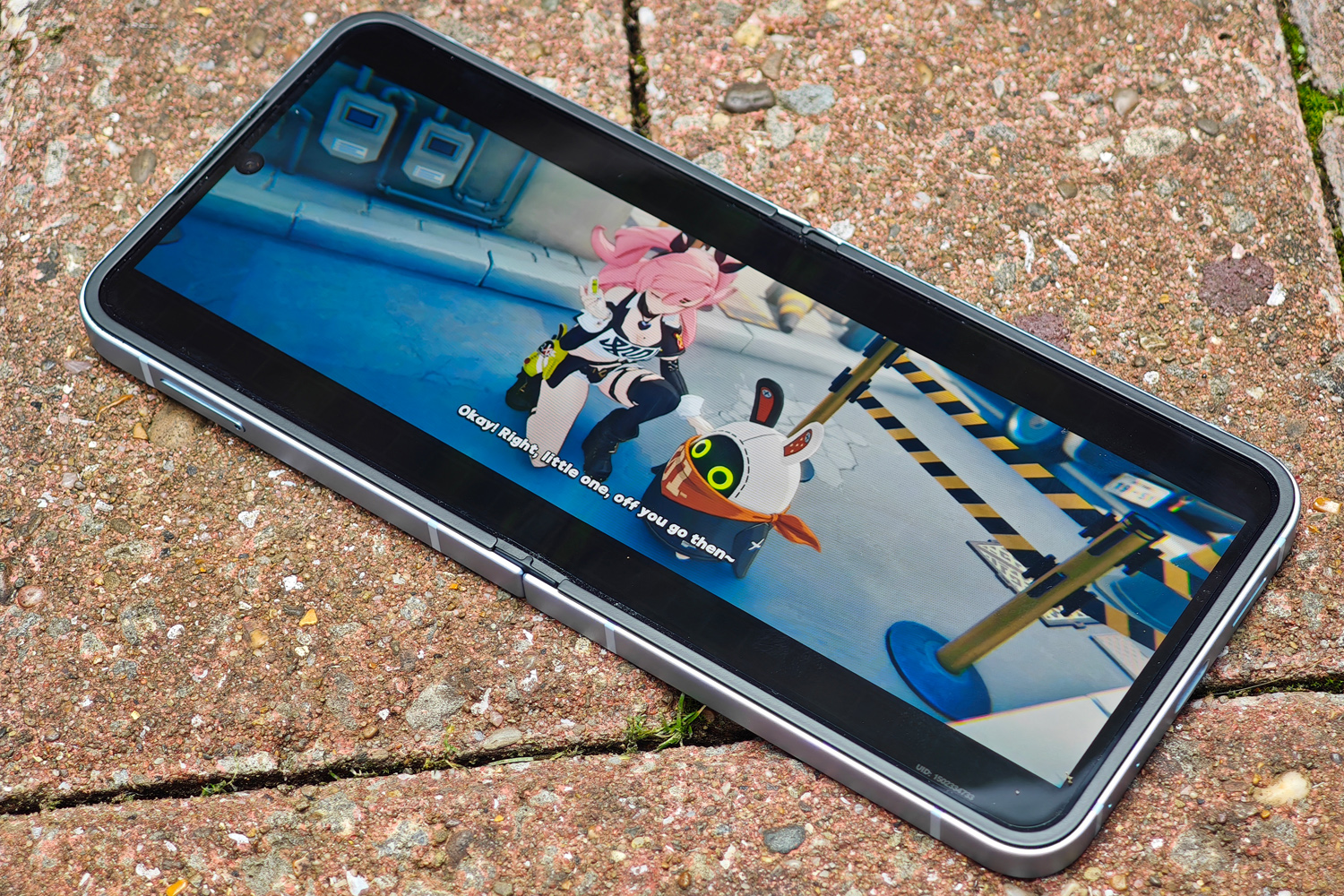
The Galaxy Z Flip6 continues Samsung’s trend for fitting its foldables with the latest Snapdragon silicon, with a final fine-tune by Qualcomm to give them an edge over rivals. The Snapdragon 8 Gen 3 for Galaxy is about as quick as it gets in the flip world right now, and is paired to 12GB of RAM – a welcome hike over the 8GB seen on last year’s model. Storage options stay the same, with 256GB or 512GB on offer.
While the smaller form factor means raw power isn’t a match for the S24 Ultra, or even rival flagships with off-the-shelf Snapdragon silicon, it still produced a nigh-on flawless performance. Split-view multitasking was effortless, everything opened instantly and there was zero stutter or slowdown on display. Benchmark scores are considerably higher than the Razr 50 Ultra, which uses a chip that’s not quite so top-tier, and it trades blows with the Snapdragon-powered Galaxy S24. It copes fairly well with more demanding workloads, thanks to the first vapor chamber cooler fitted to a Z Flip phone.
That includes the best-looking 3D games. Zenless Zone Zero can be a serious heat generator, but I was able to get an hour of play in at high details without the phone getting too toasty, and without the frame rate sinking below a steady 50-60fps.
I’m not surprised charging speeds haven’t improved this year – surely any gains on that front will appear on a the Galaxy S series first – but Samsung is starting to look seriously behind the times here. The Oppo Find N2 Flip was managing speeds twice that of the Z Flip6 a whole two years ago, and new close rival the Motorola Razr 50 Ultra tops out at an even nippier 45W.
The Galaxy Z Flip6 has at least seen battery capacity improve, with two cells now totalling 4000mAh. That puts this flip phone on par with the much more mainstream Galaxy S24, and its closest rival flip phone, the Motorola Razr 50 Ultra. In rundown tests I saw about an hour longer life from the Flip6 than its predecessor.
Depending on how you use the phone, you’ll either be disappointed or amazed. Open the phone for every little thing and you’ll be looking at a top up before bedtime, especially with any gaming or 4K video recording in the mix. But use the cover screen to read messages and check notifications, and two days of use isn’t out of the question.
Samsung Galaxy Z Flip6 verdict
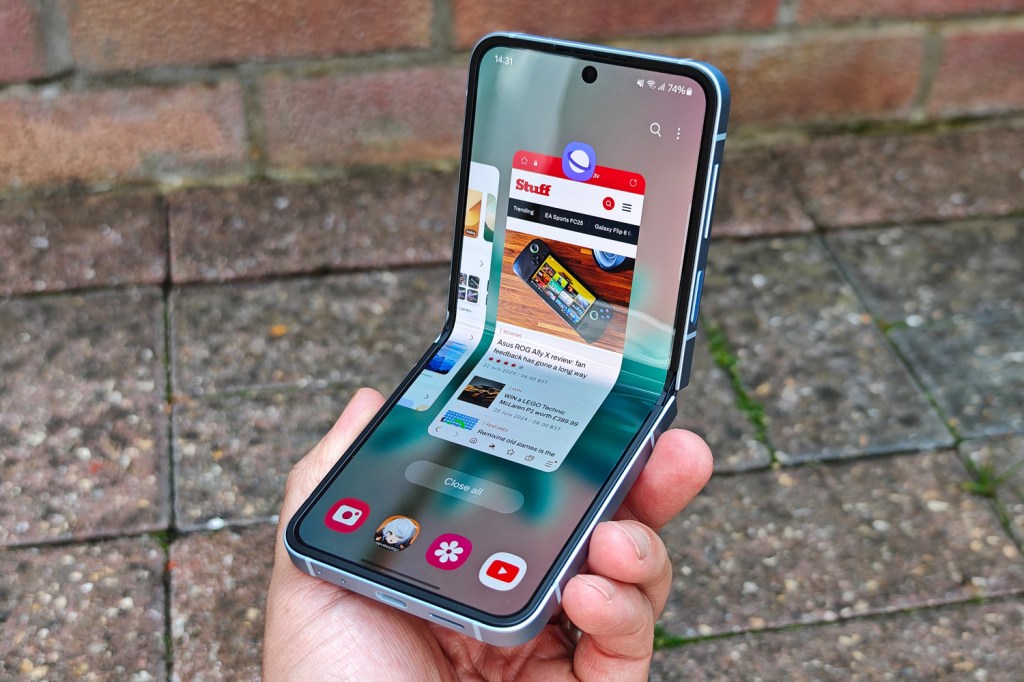
Samsung’s little clamshell that could finally has the camera hardware and battery capacity to more closely match the firm’s mainstream Galaxy S24. This otherwise innocuous upgrade keeps pace on performance and adds useful software tweaks that make great use of the form factor. Some of the AI additions are genuinely useful, too.
It’s not perfect: I still don’t agree with limiting the cover screen to widgets instead of full apps, unless users to jump through a bunch of power tool hoops first. This is something Motorola has nailed with the Razr 50 Ultra – which makes up for its more mid-tier CPU with even better battery life and a more zoom-friendly camera setup. Not to mention a lower price.
For those firmly in the Samsung camp, though, the Flip6 has surpassed its predecessor in every respect. If you hadn’t given foldables much thought before, this will be the phone to change your mind.
Stuff Says…
Some small but important upgrades take the Samsung Galaxy Z Flip6 from cutesy clamshell to near-zero compromise foldable.
Pros
New lead camera sensor has been a long time coming
Battery comfortably lasts all day
Top-tier performance and ahead in AI
Cons
Bad stuff 1
Bad stuff 2
Samsung Galaxy Z Flip6 technical specifications
| Screen | 6.7in, 2640×1080 1-120Hz AMOLED (inner) 3.4in, 720×748 AMOLED (cover) |
| CPU | Snapdragon 8 Gen 3 for Galaxy |
| Memory | 12GB RAM |
| Cameras | 50MP, f/1.8 w/ OIS, Dual Pixel AF + 12MP, f/2.2 ultrawide 10MP, f/2.2 punch-hole webcam |
| Storage | 256/512GB |
| Operating system | Android 14 |
| Battery | 4000mAh w/ 25W Wired, 15W wireless charging |
| Dimensions | 72x85x14.9mm (folded) 72x165x6.9mm (unfolded) 187g |

